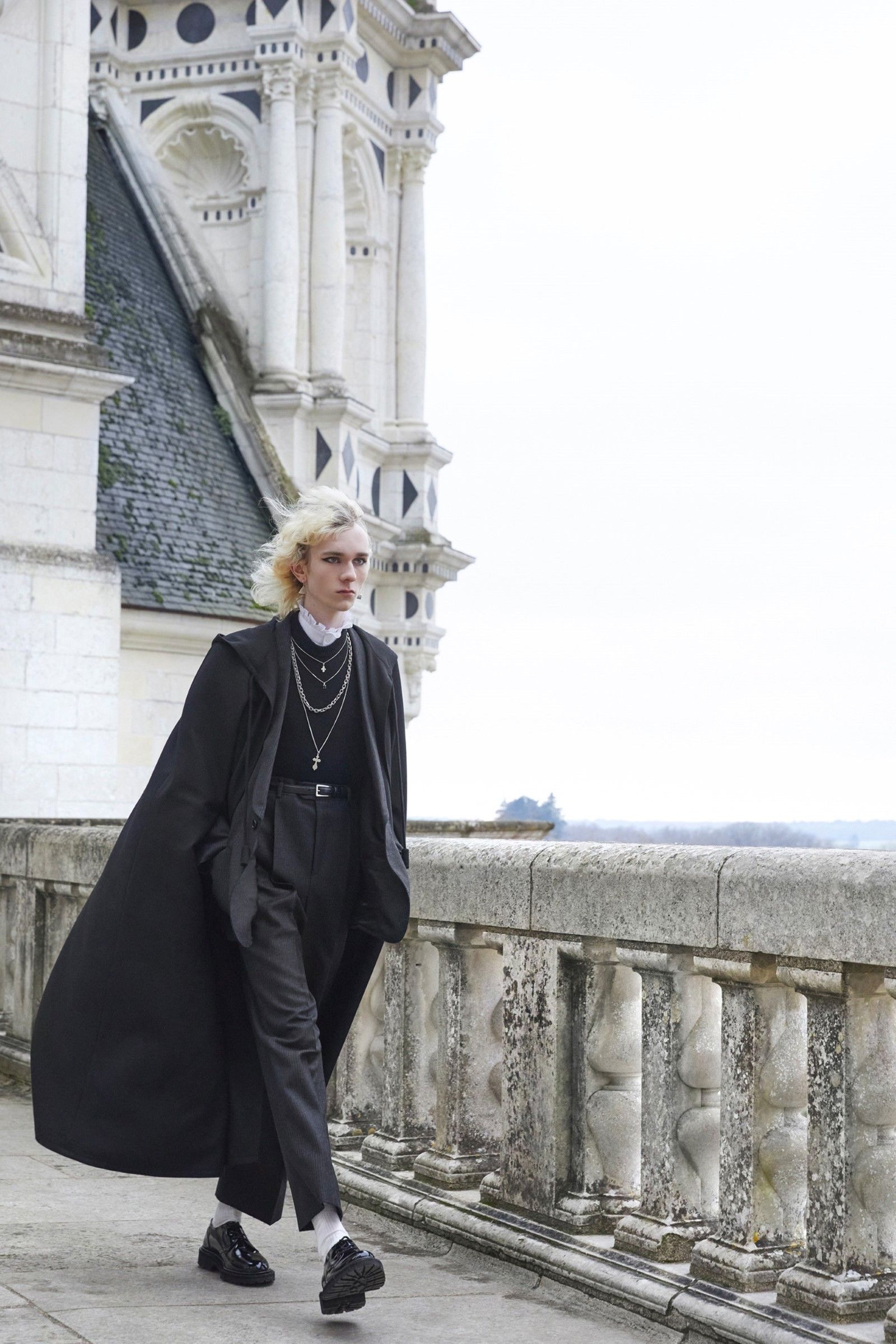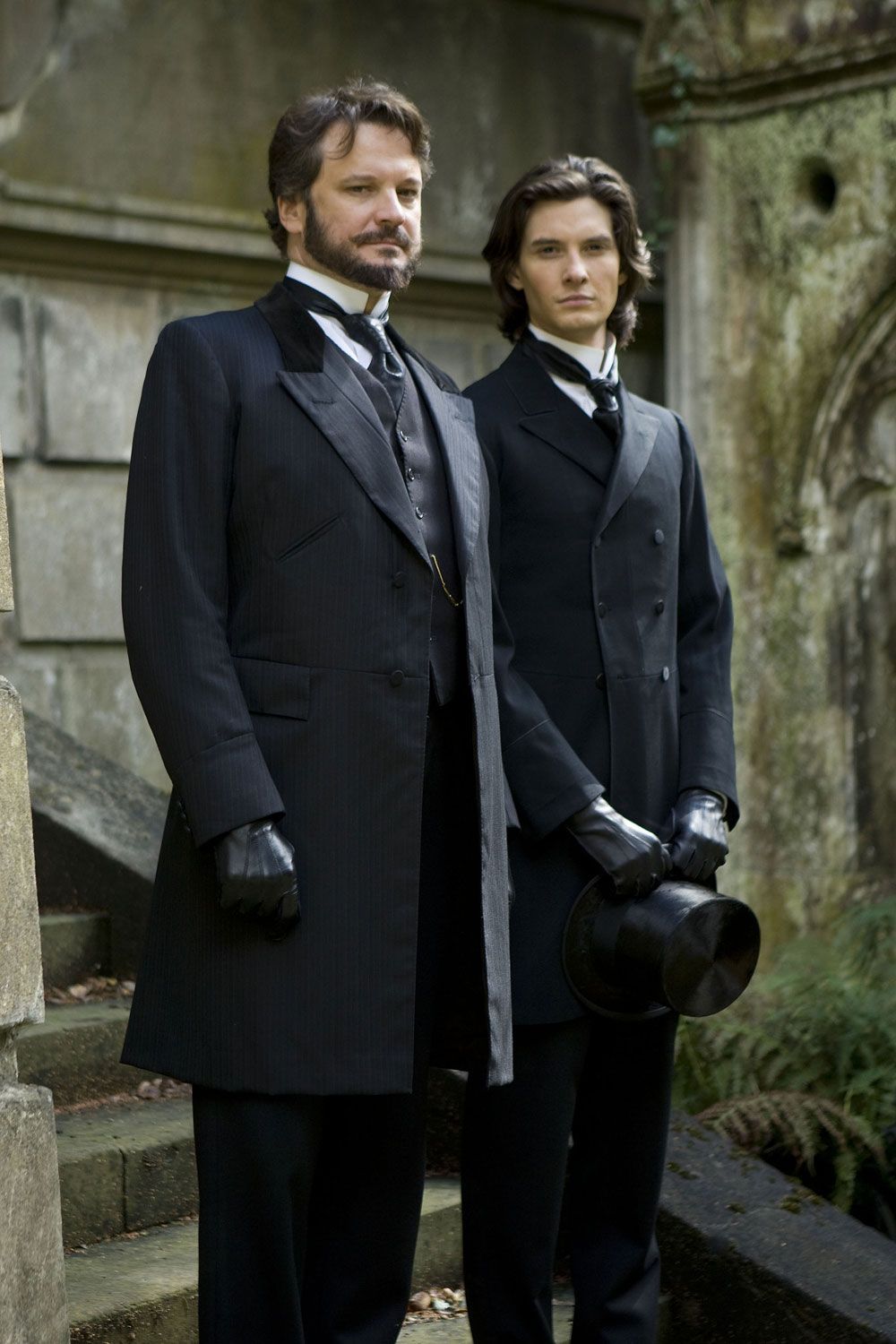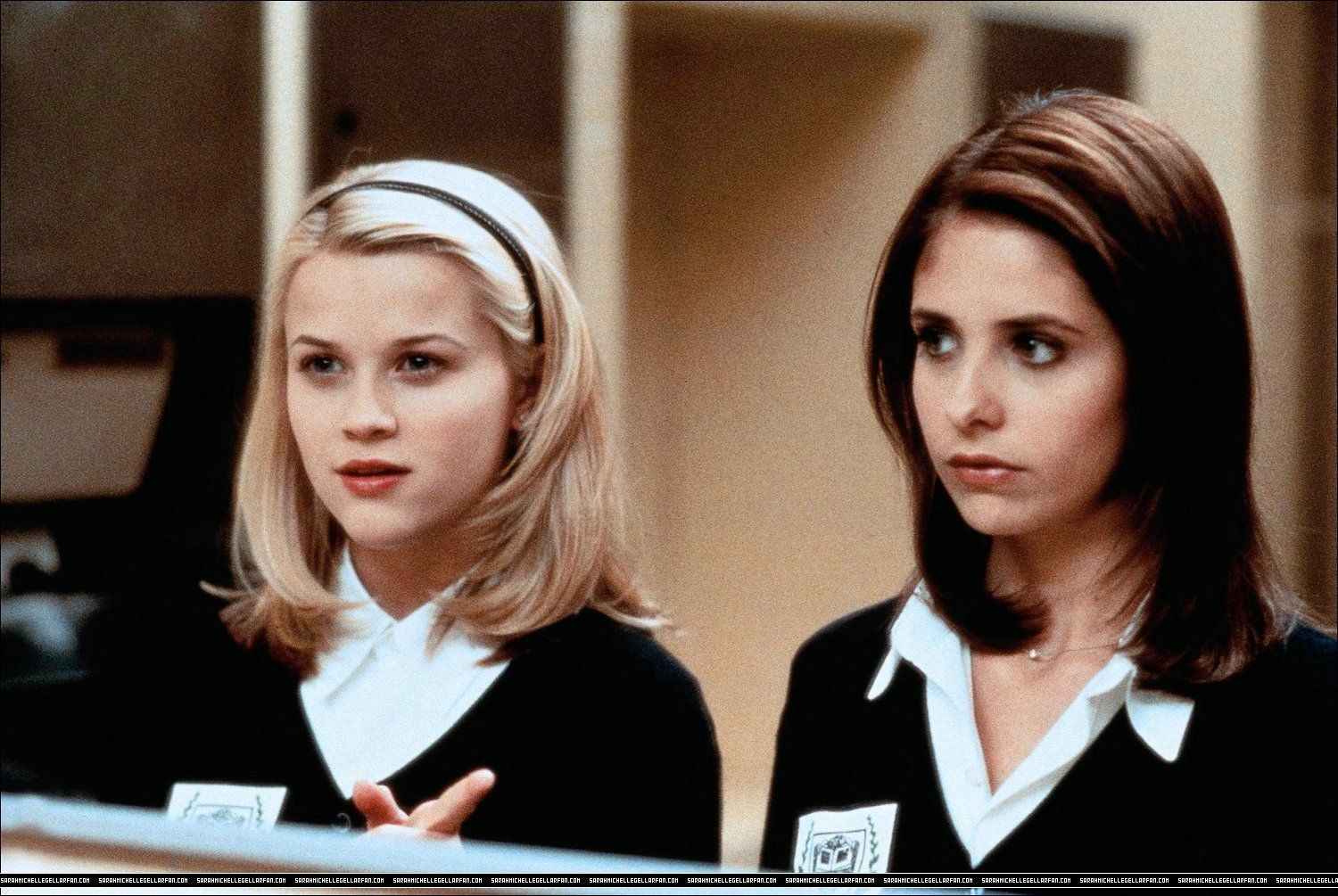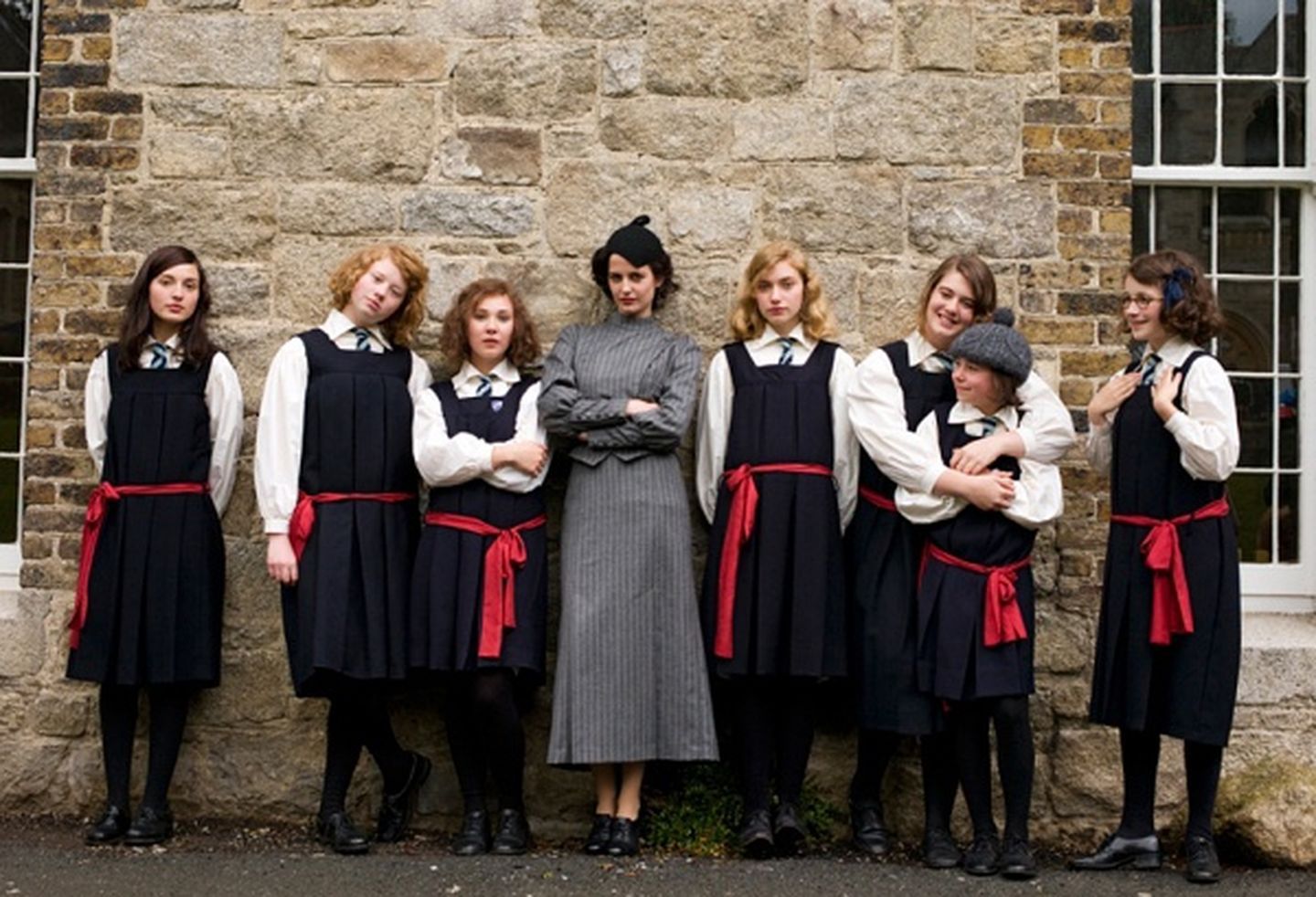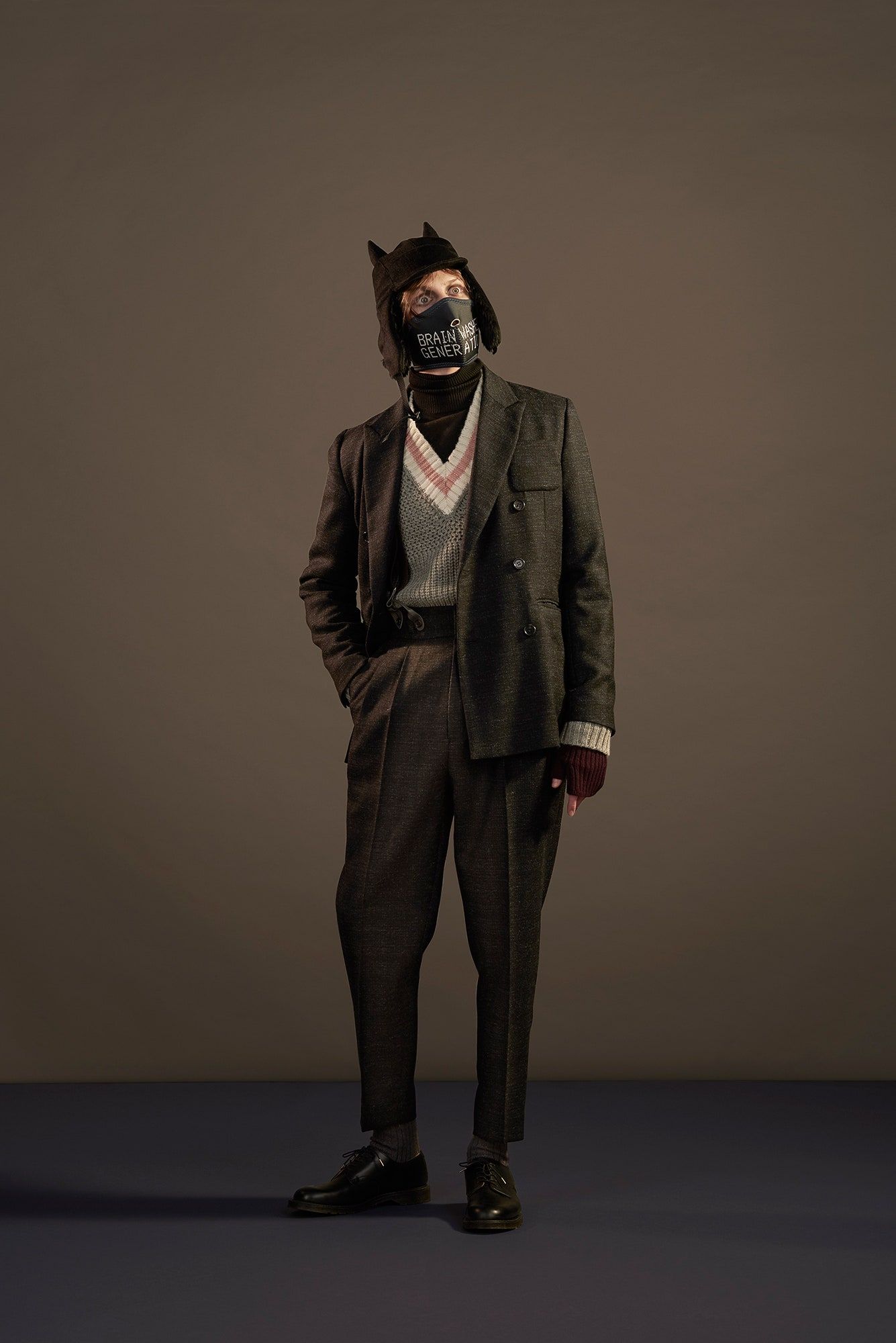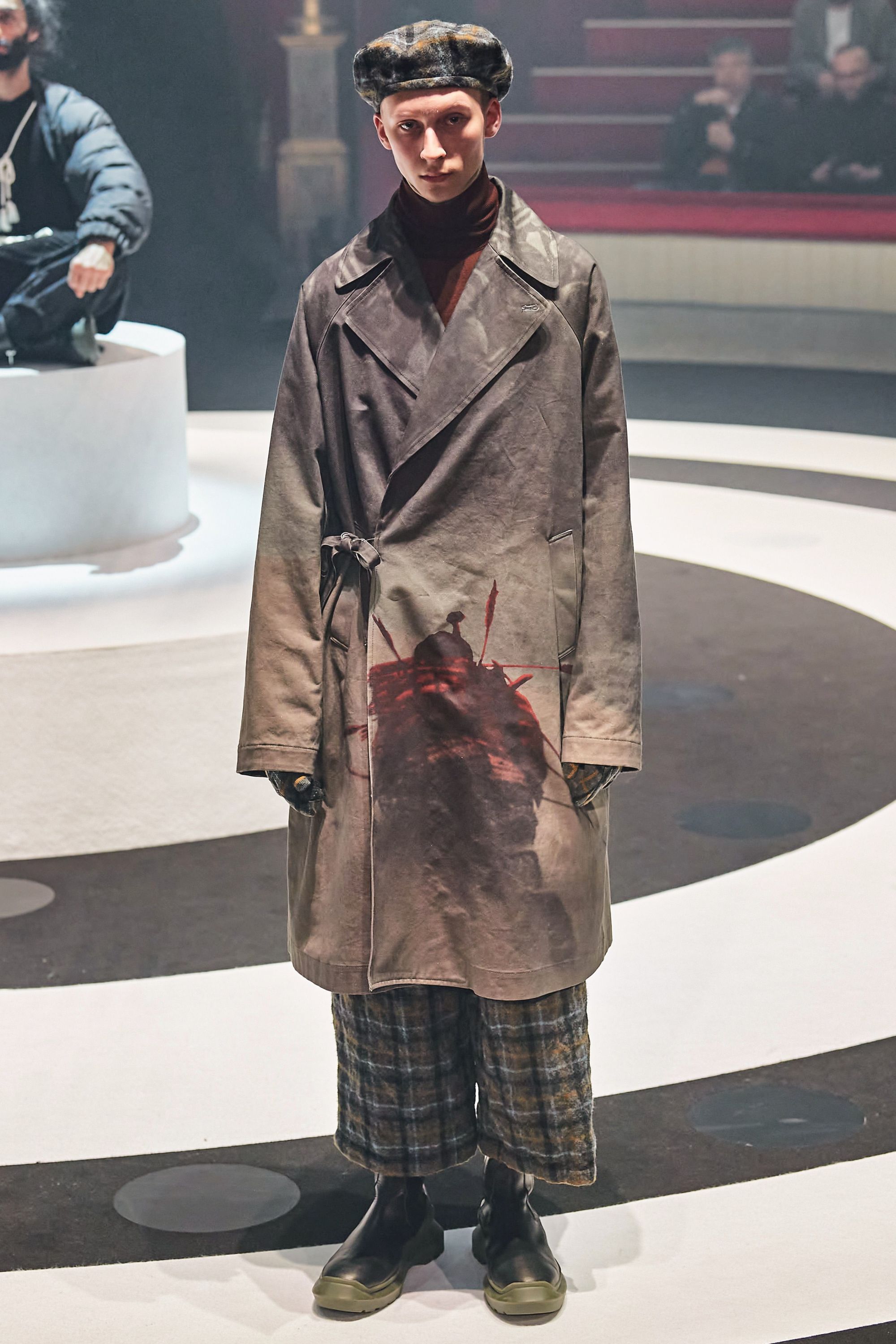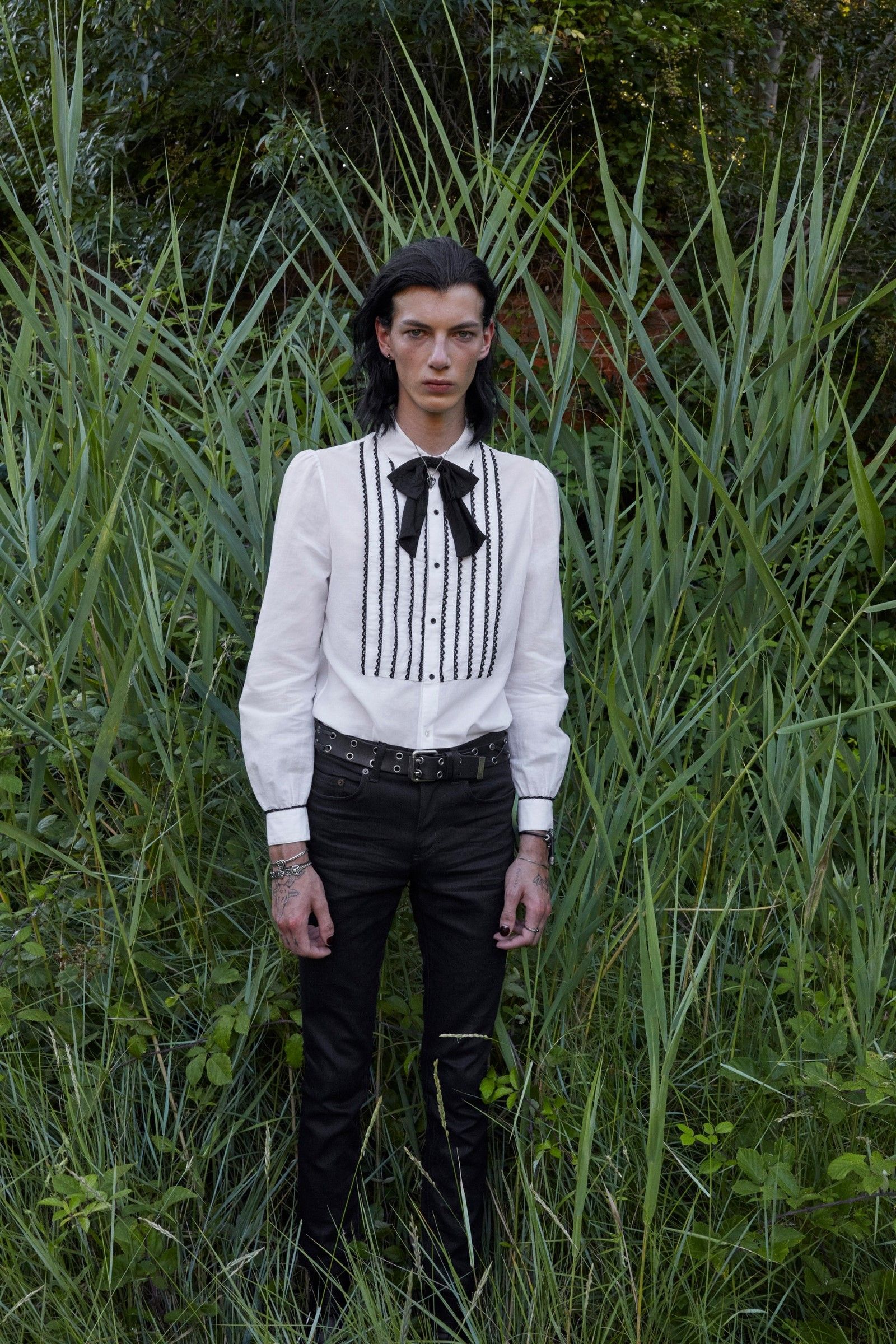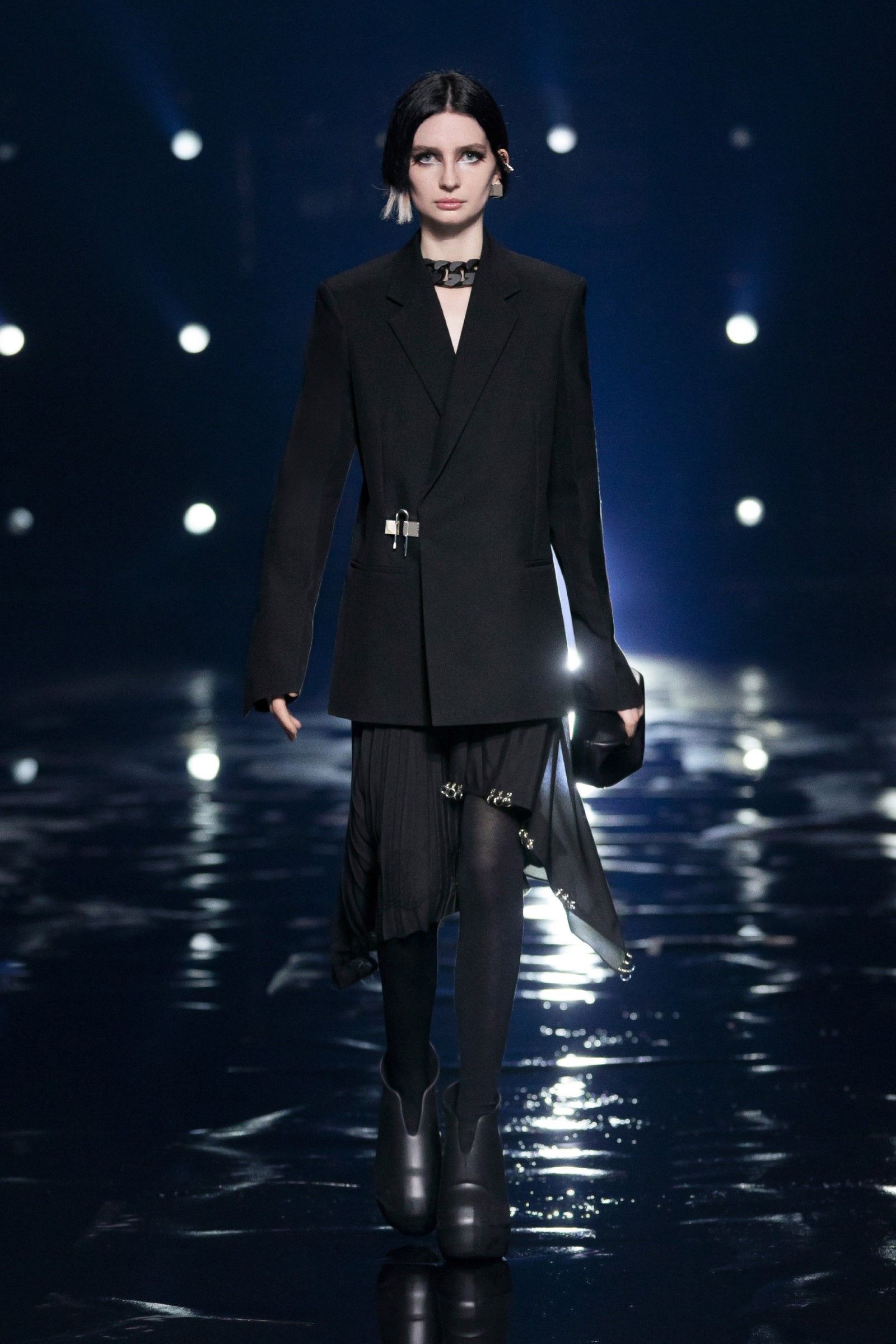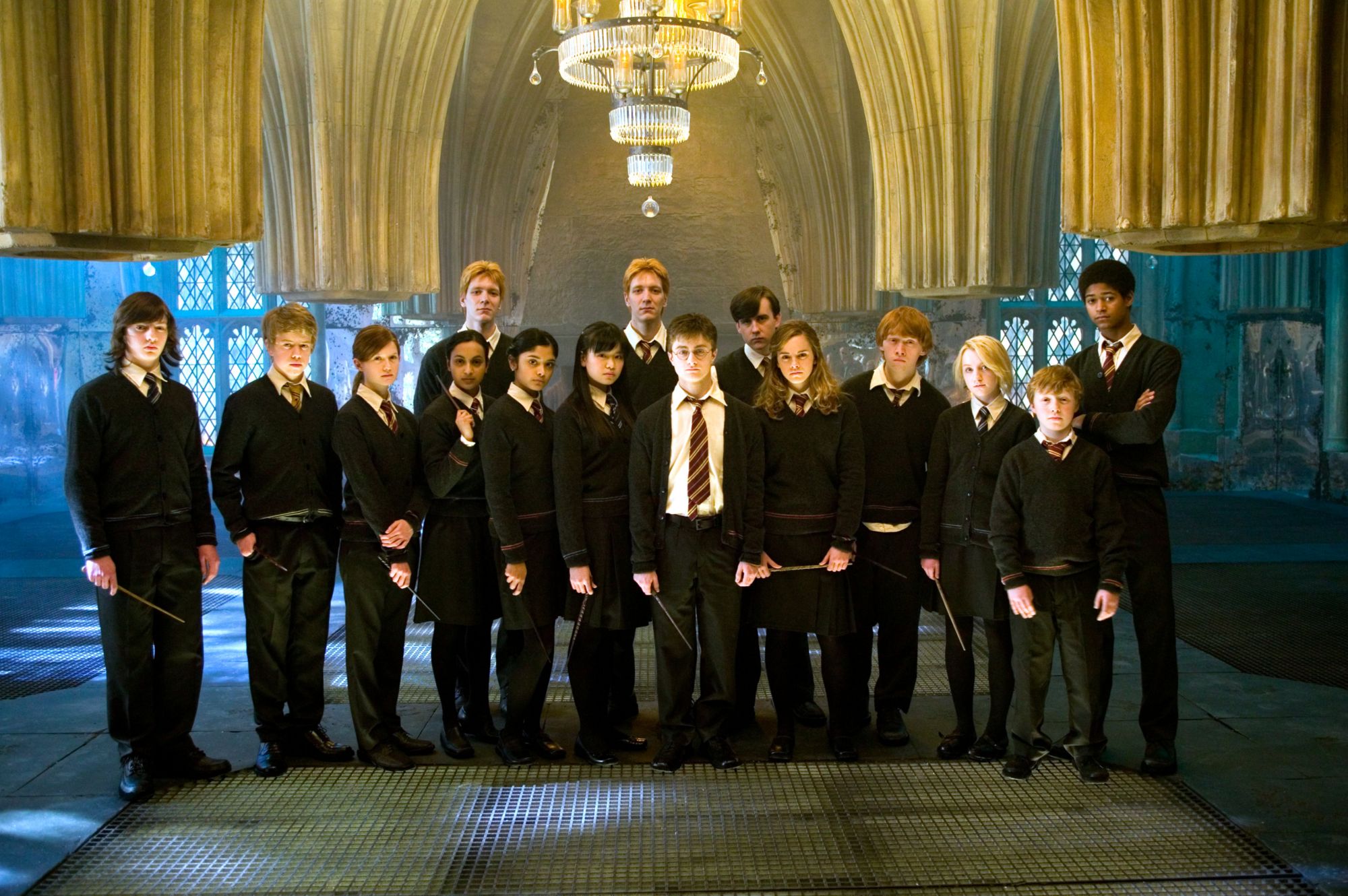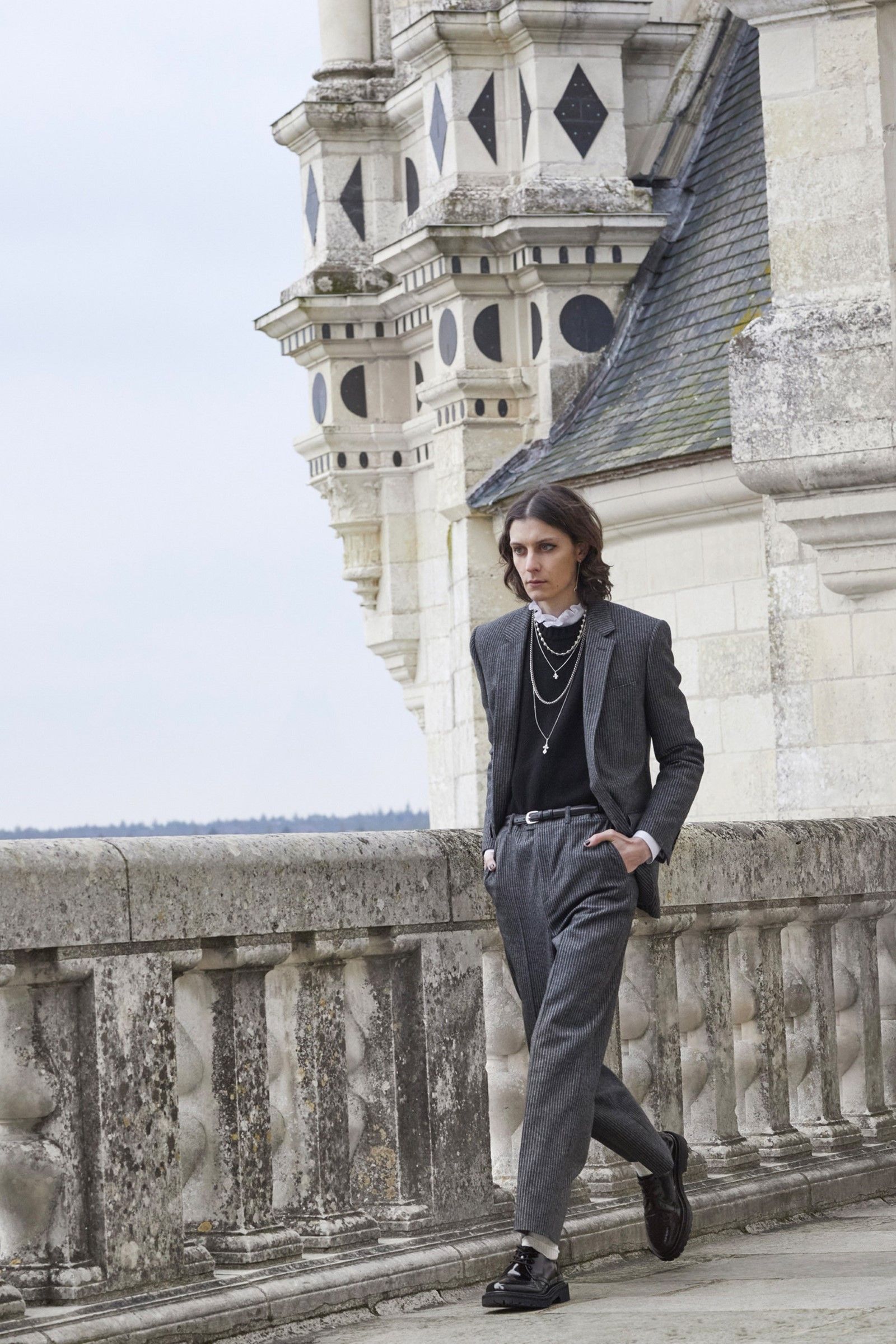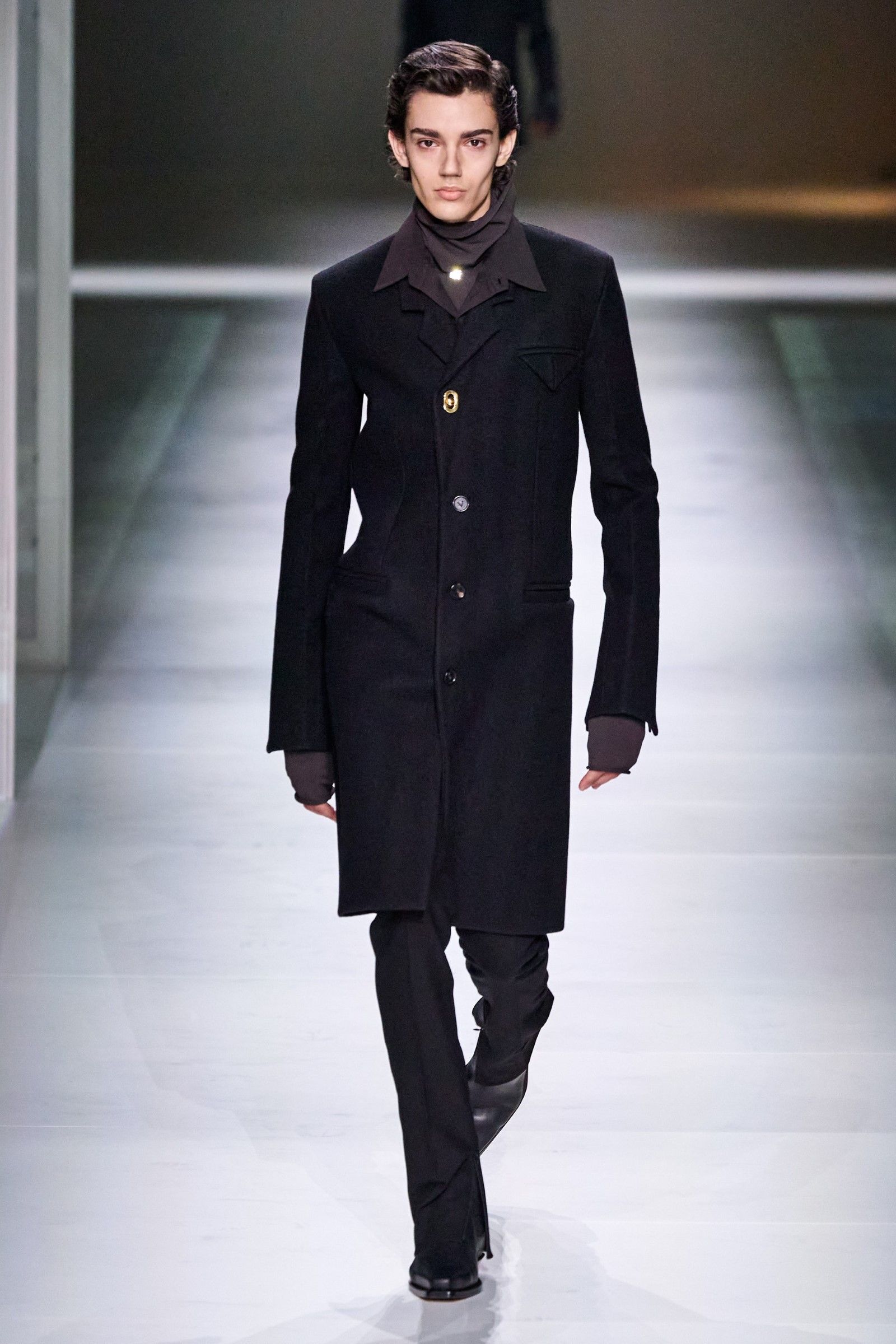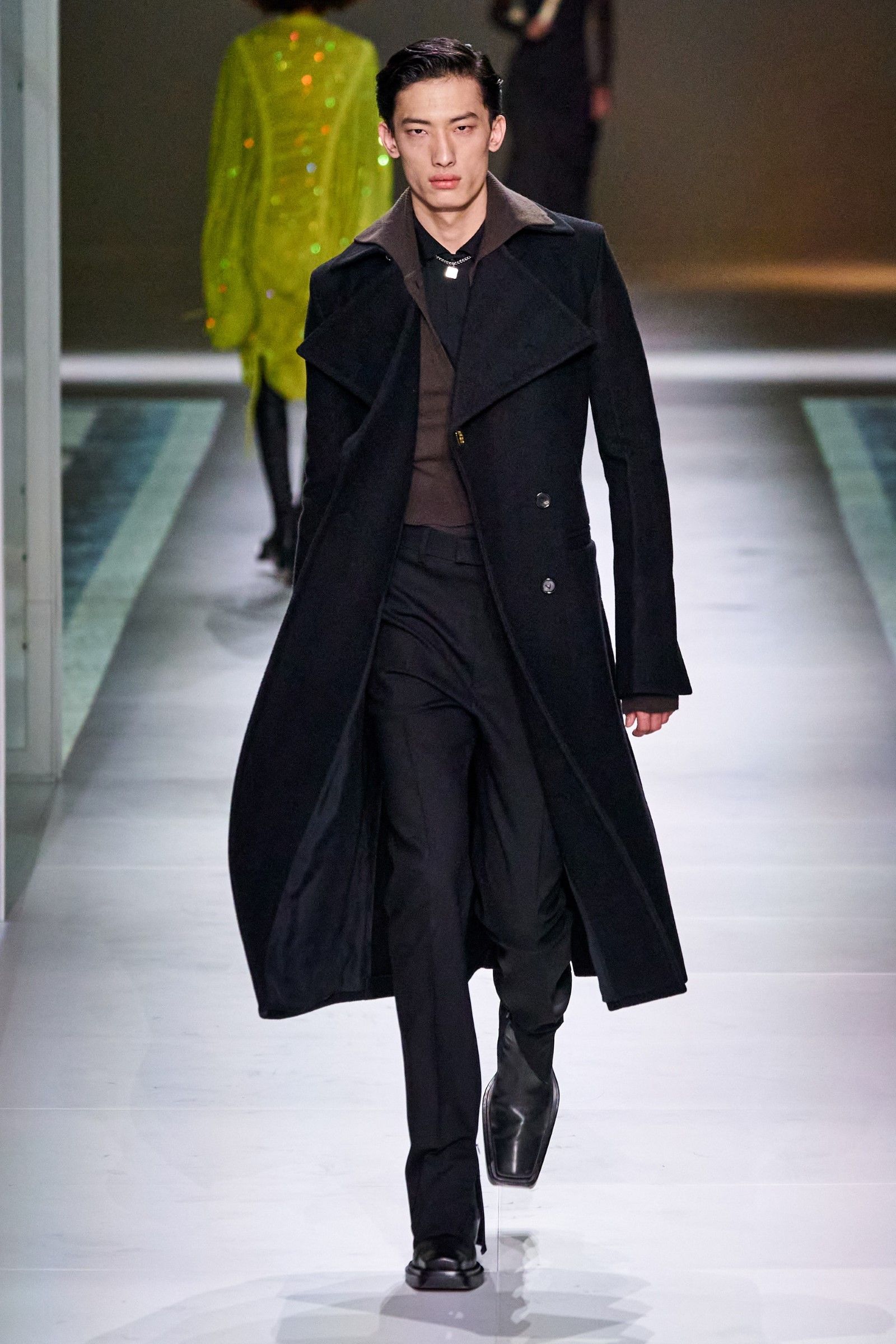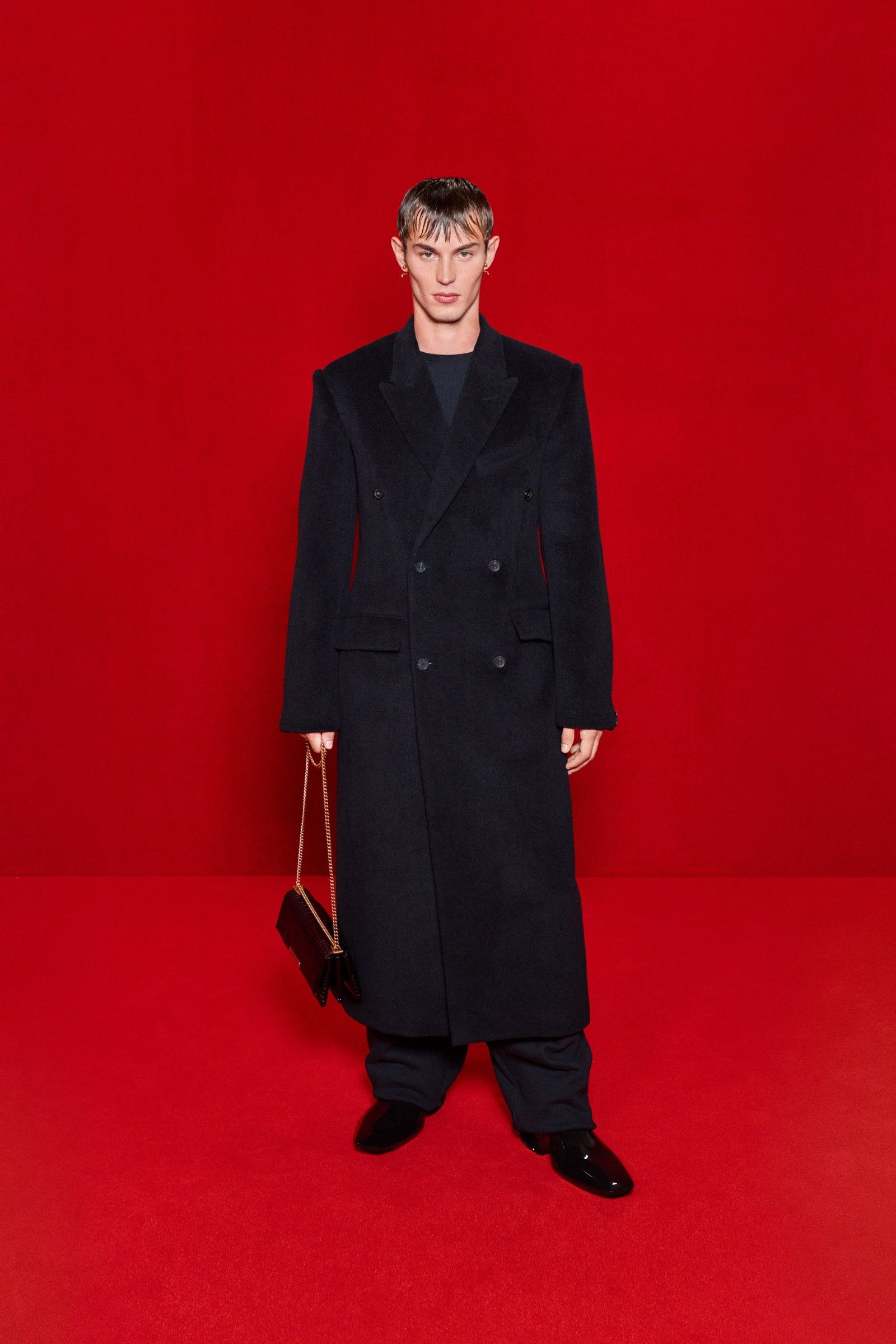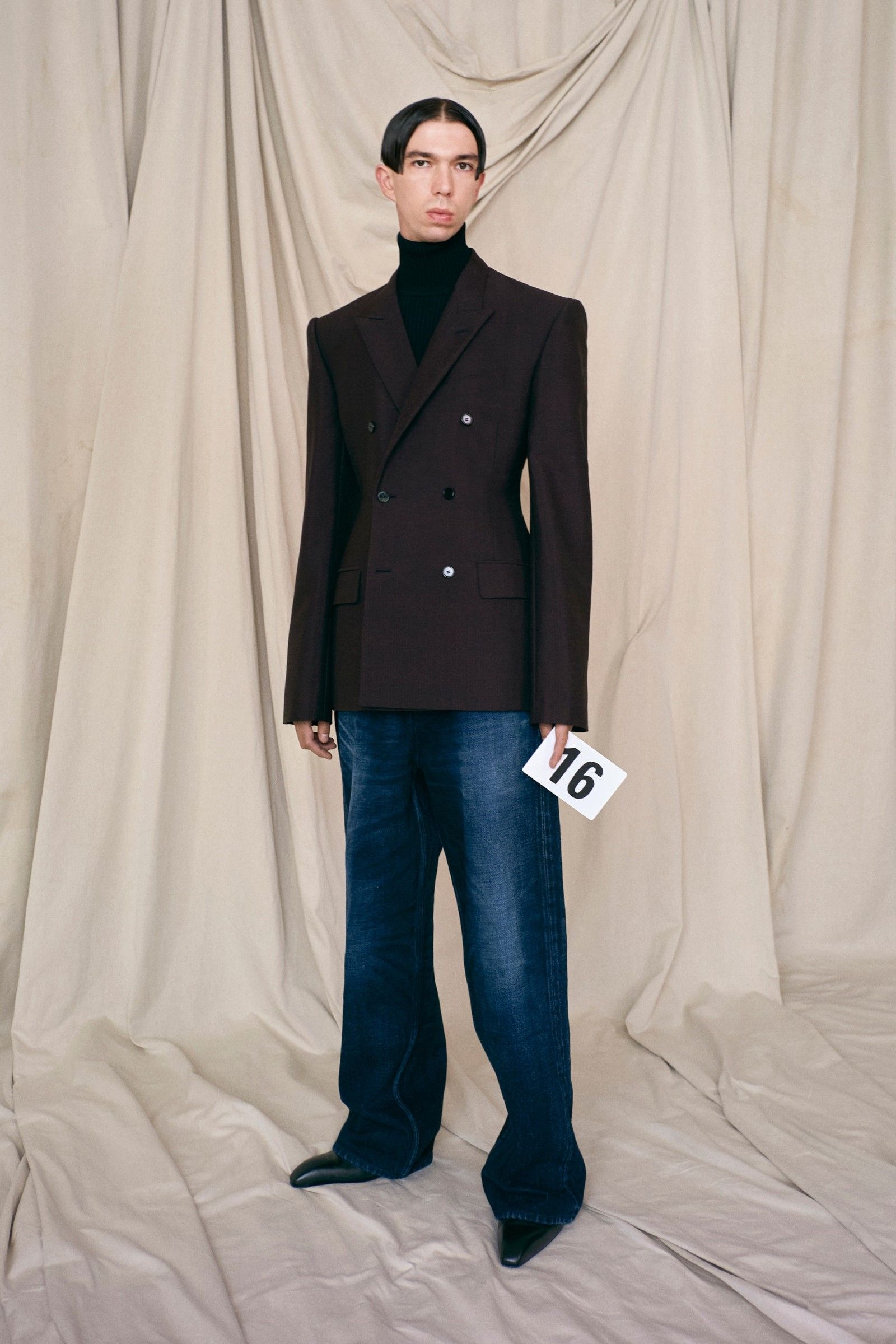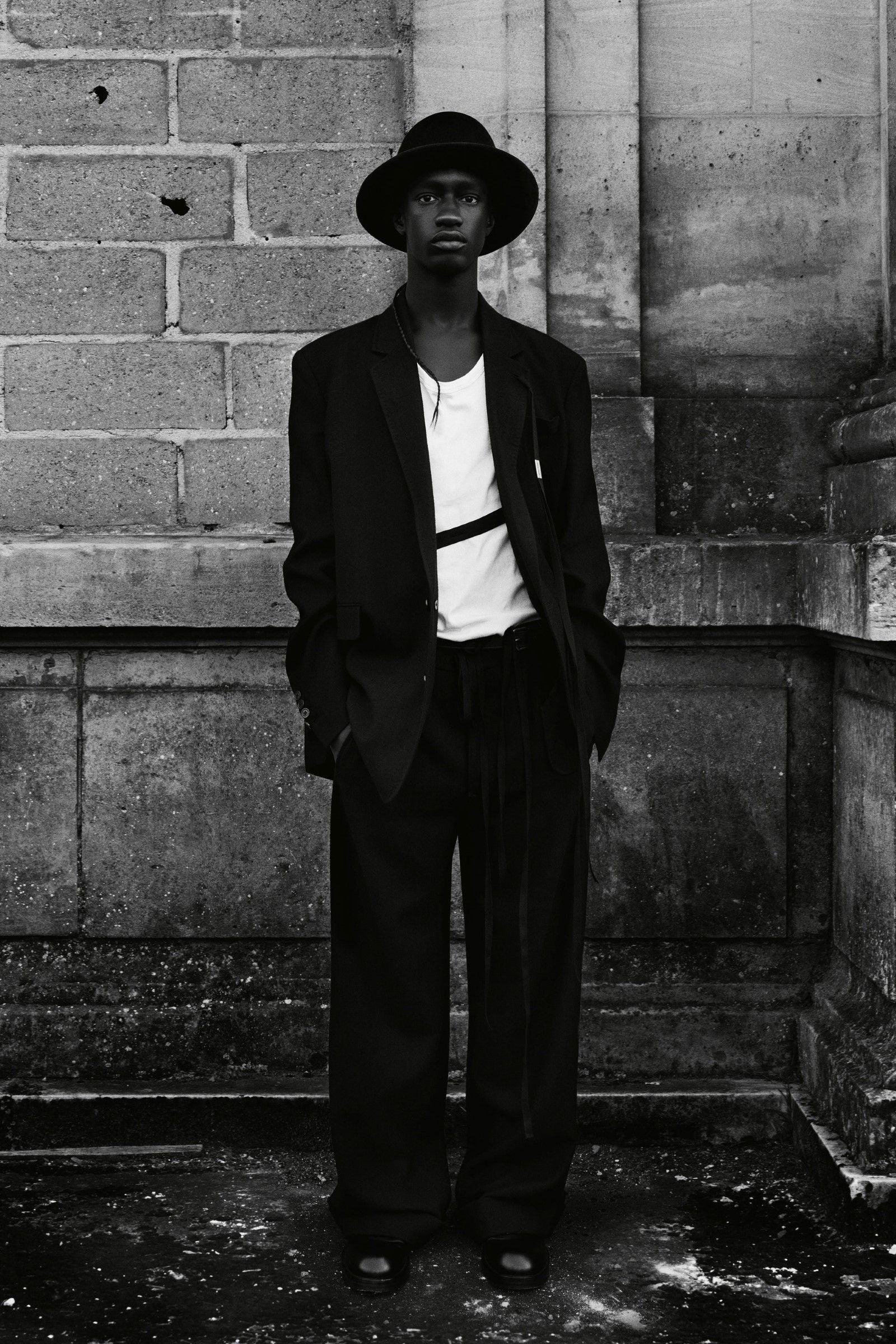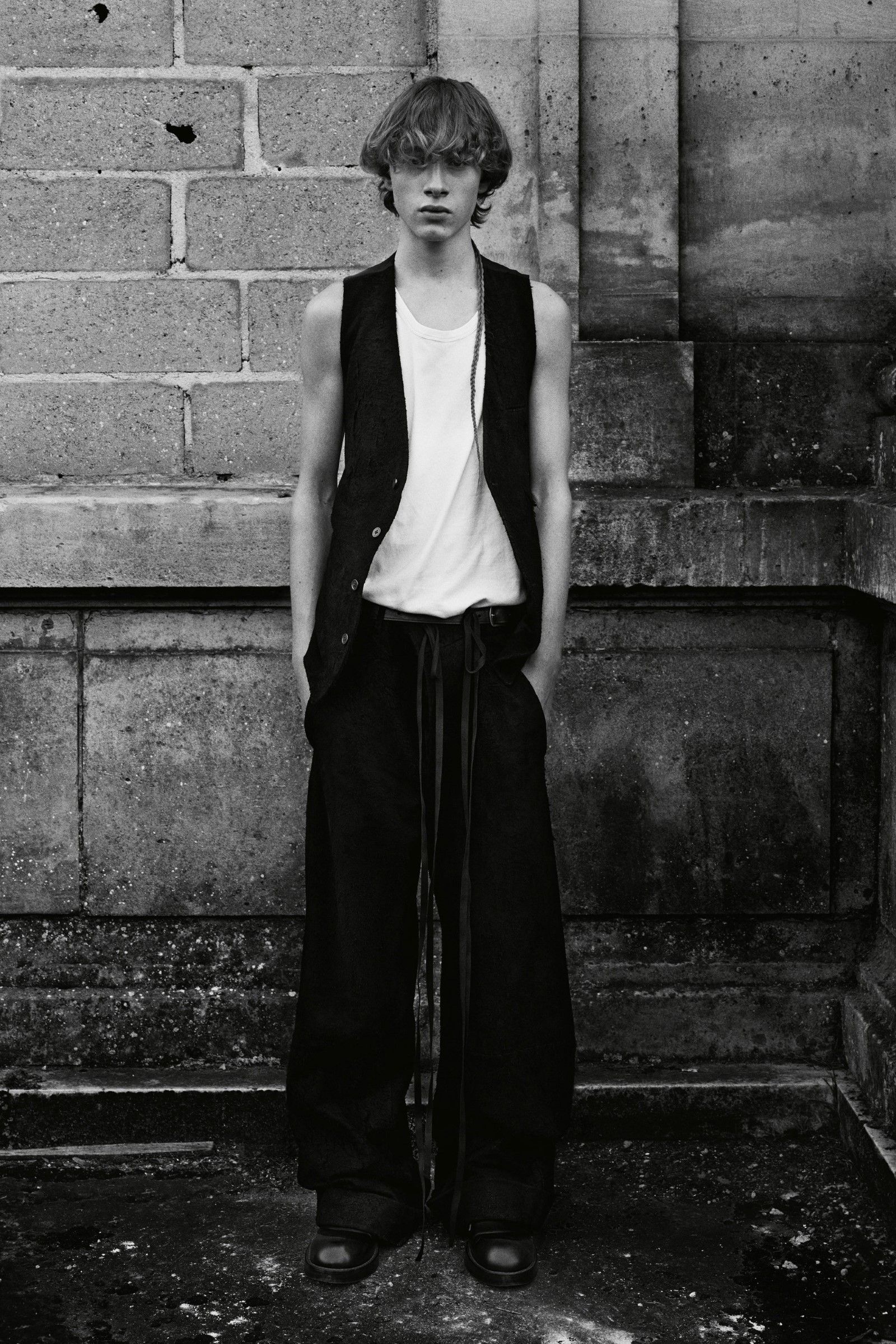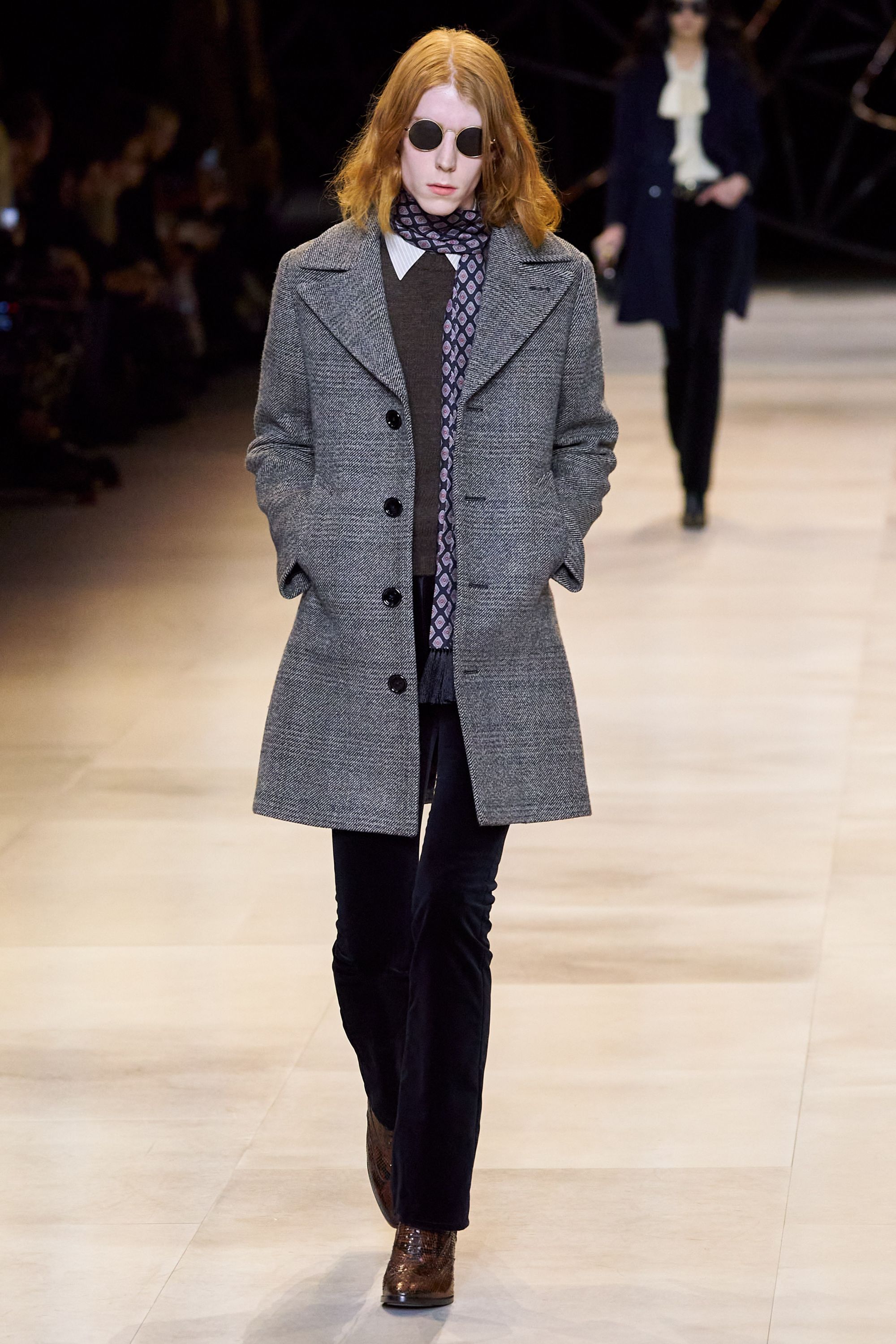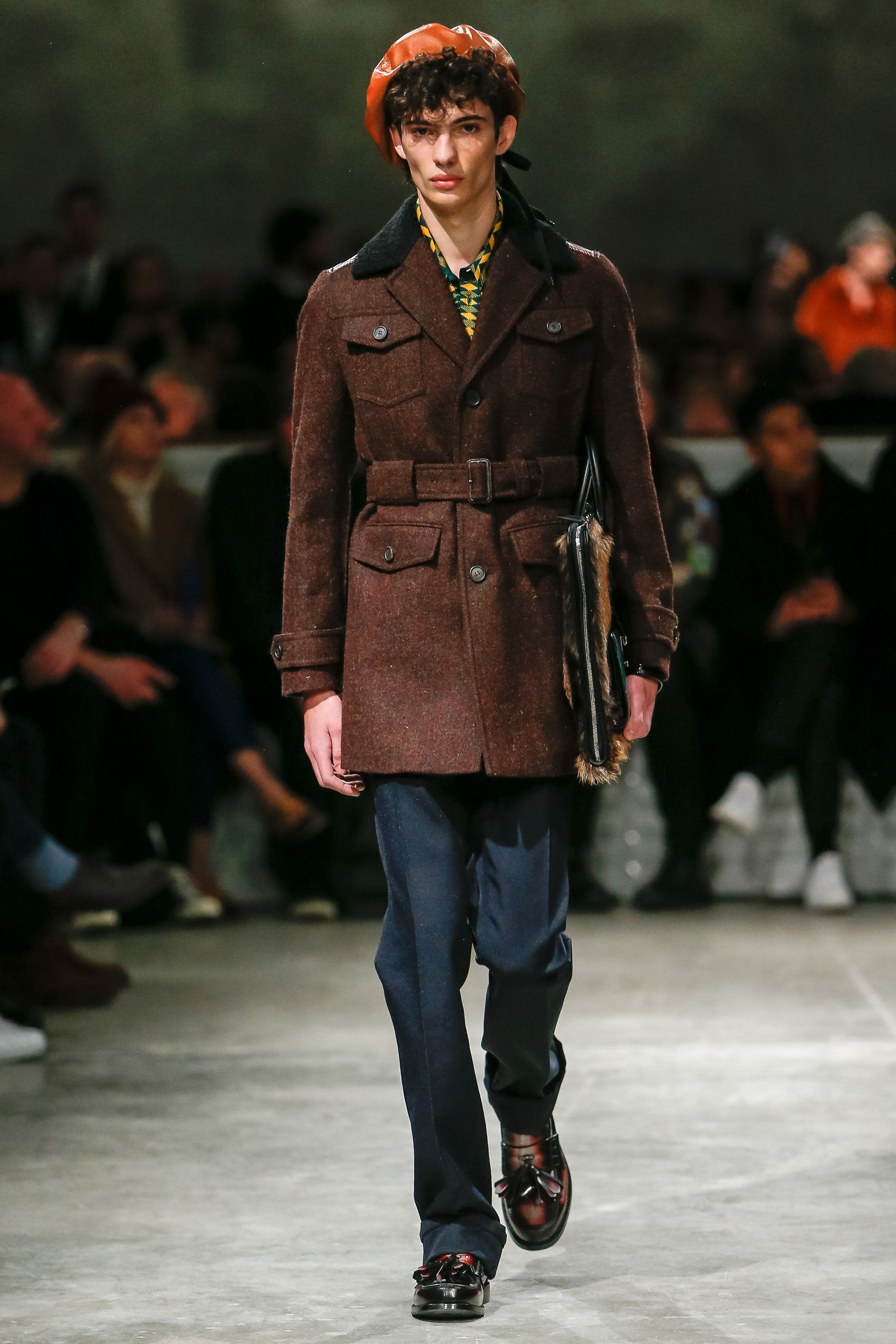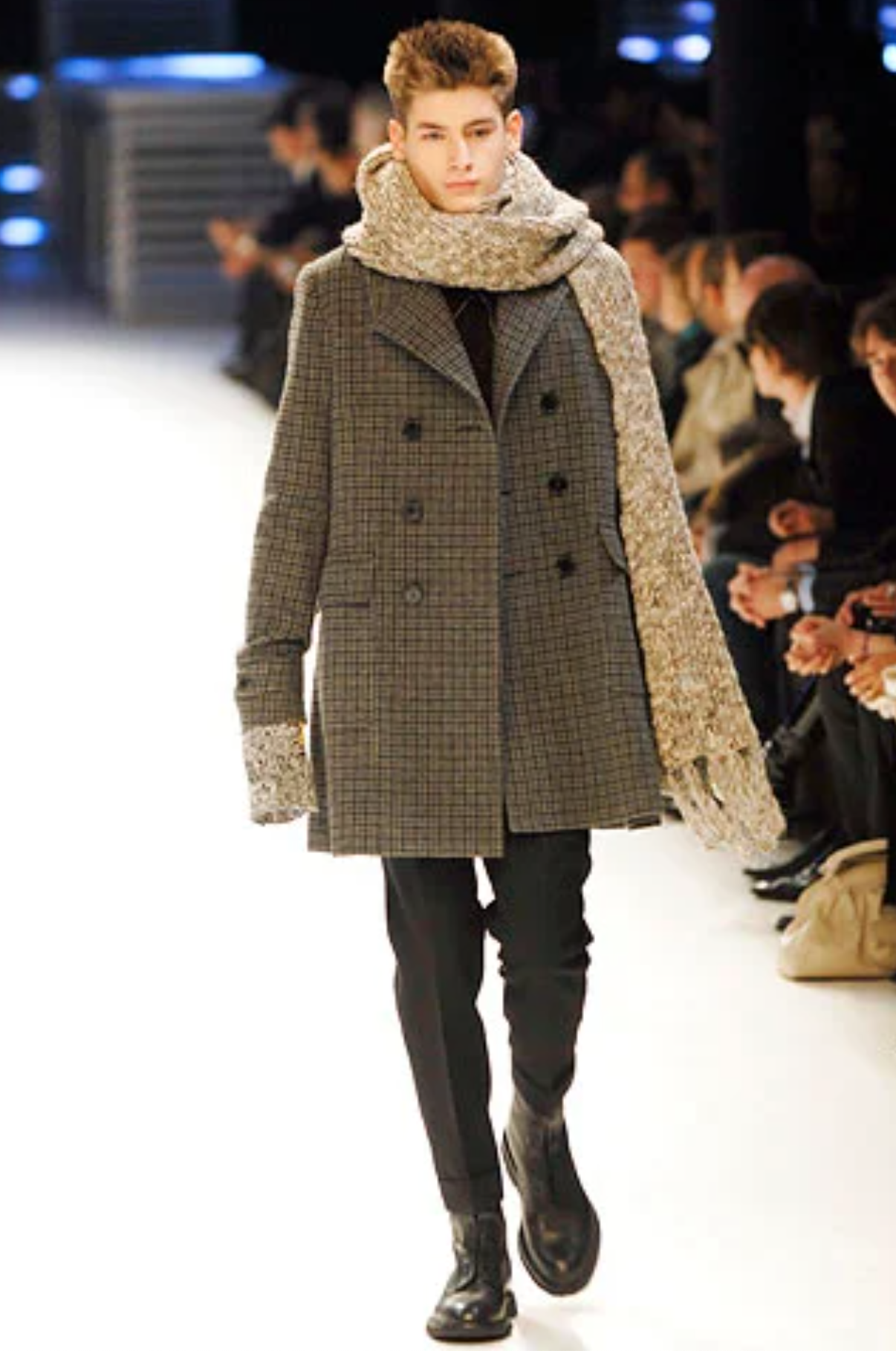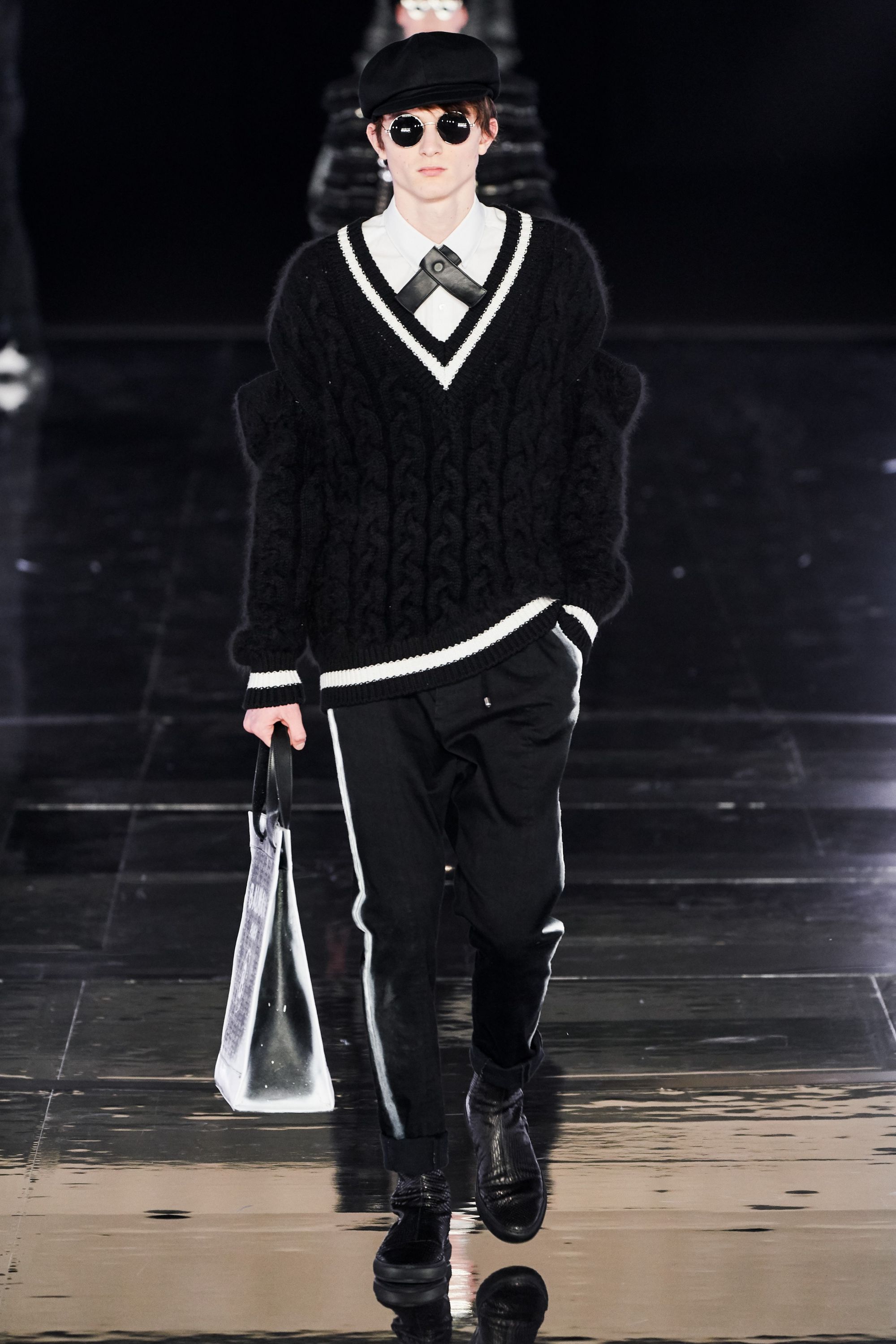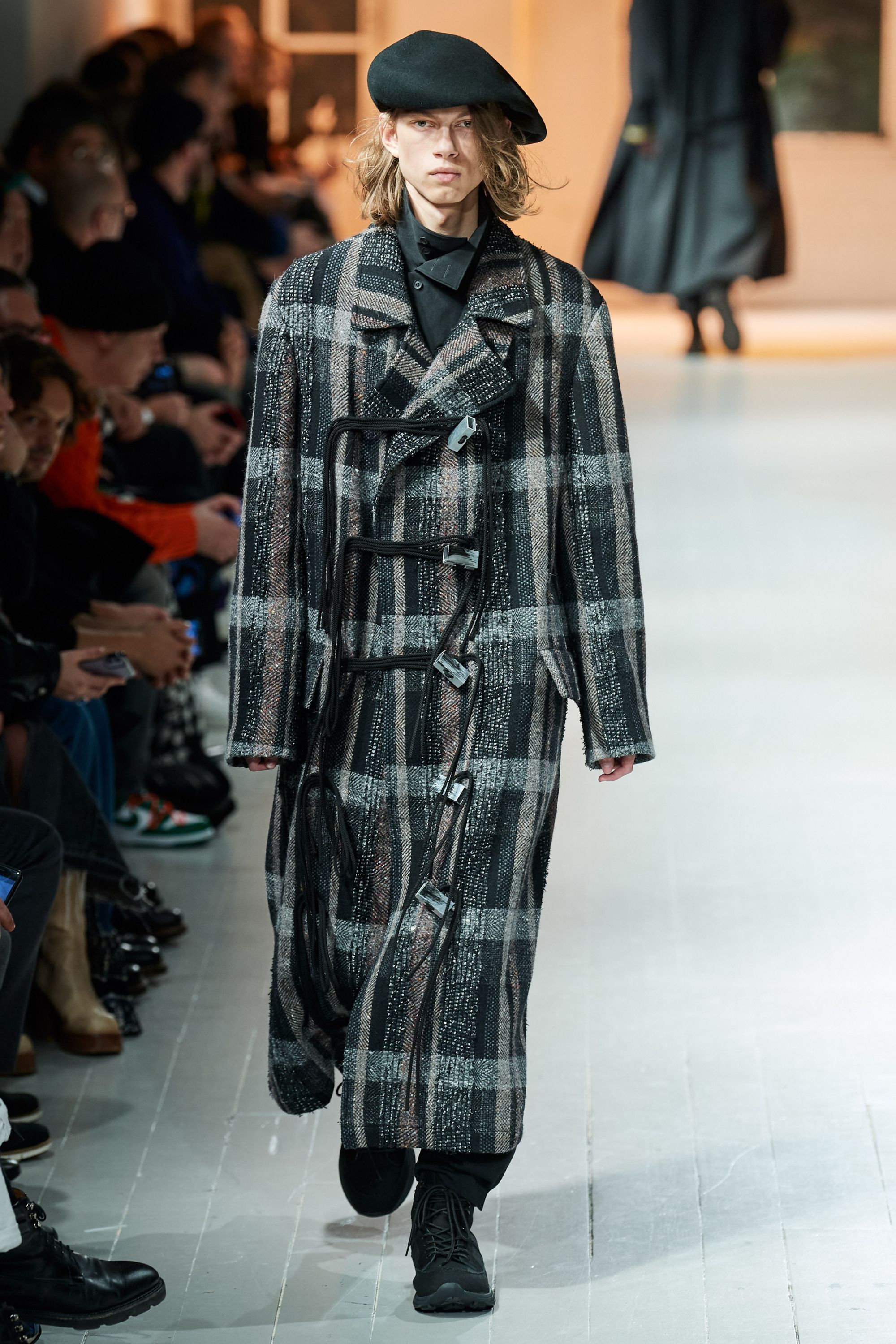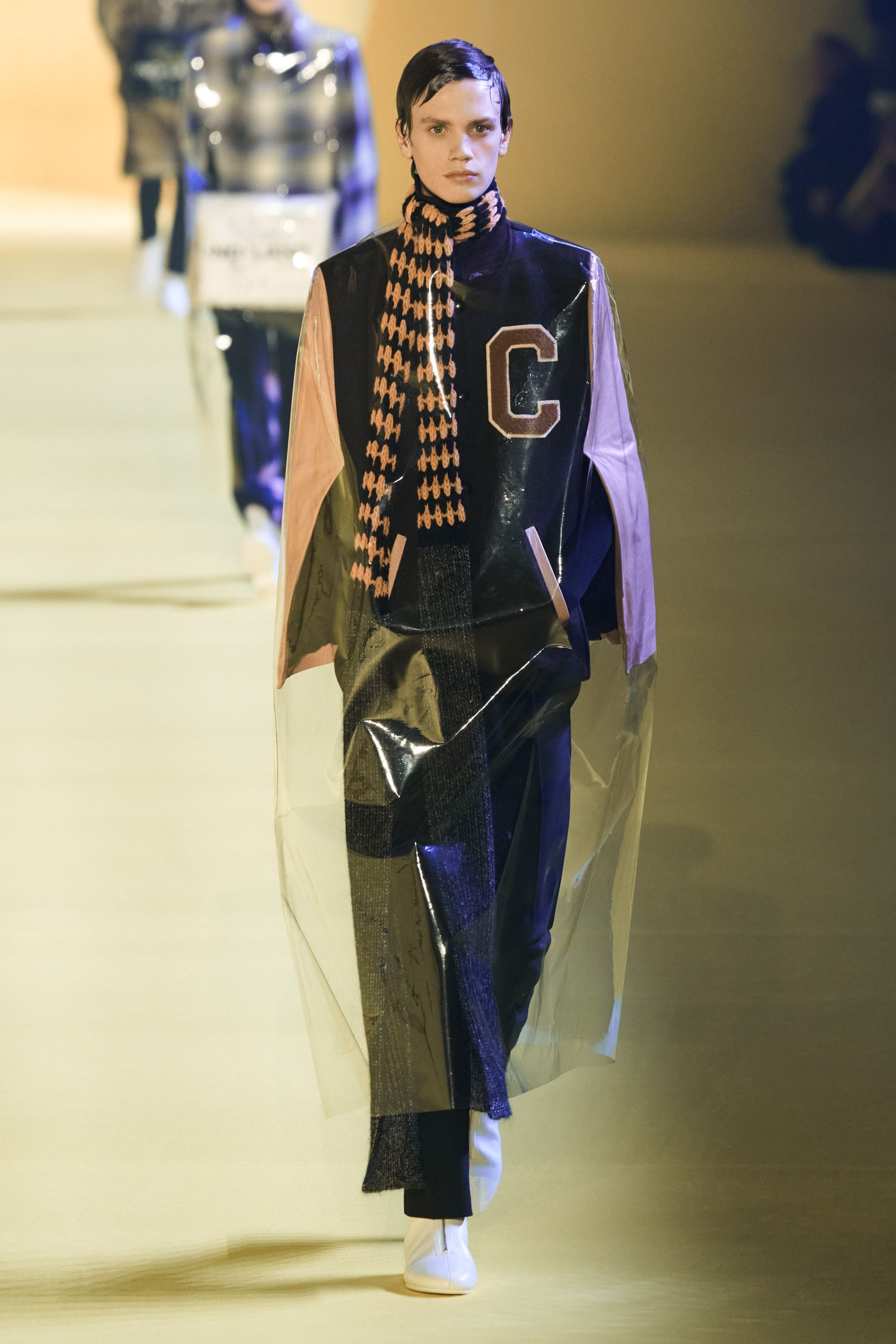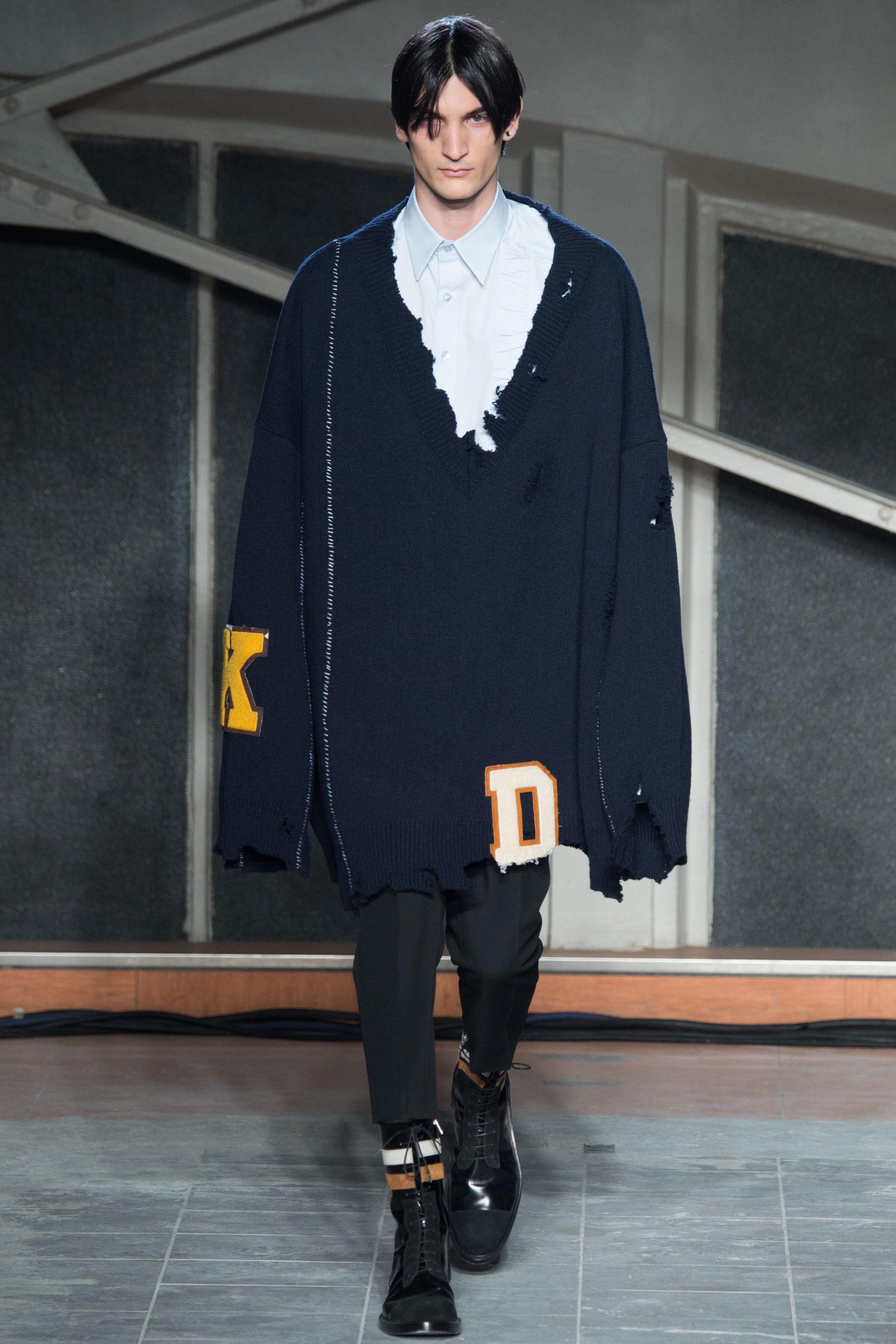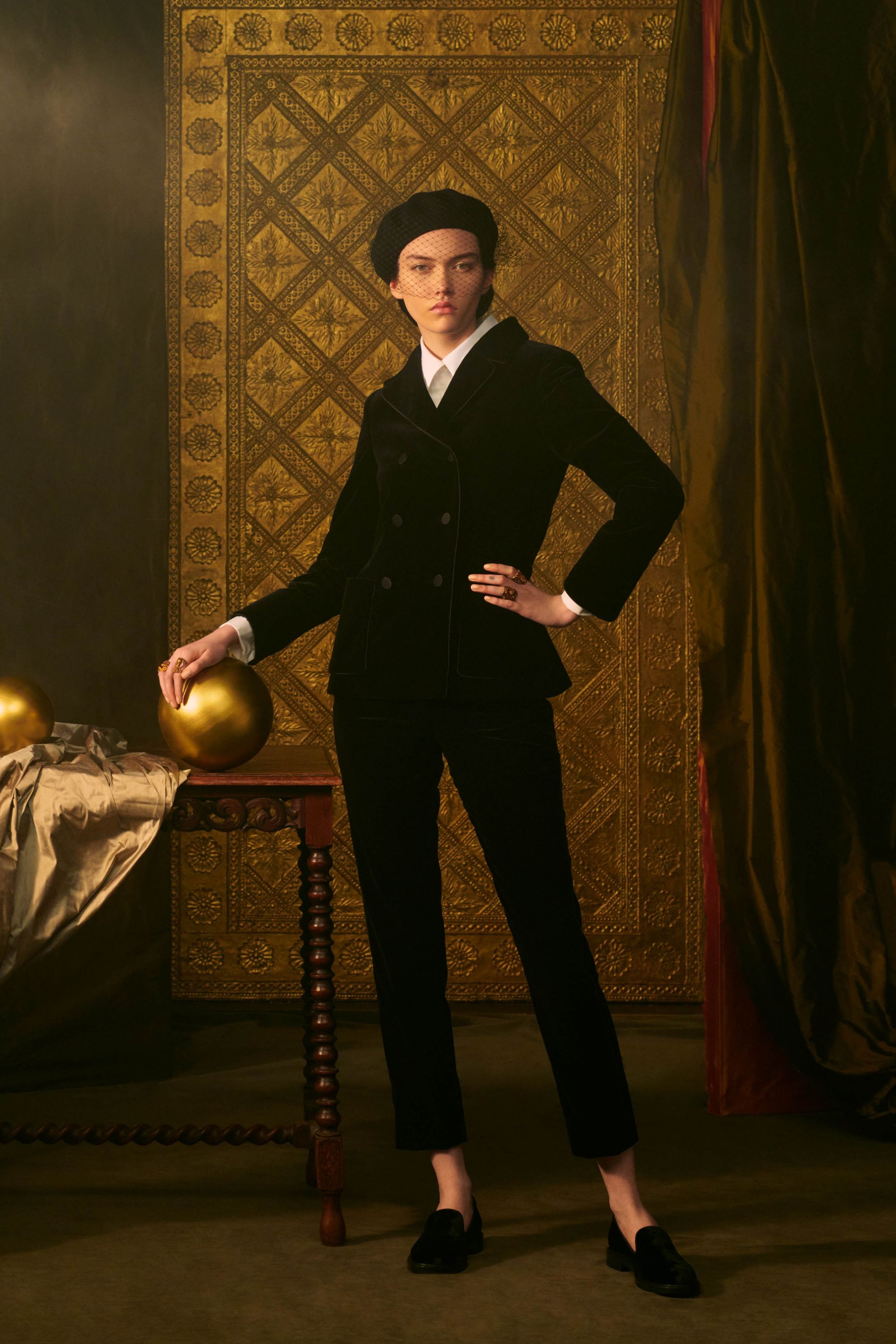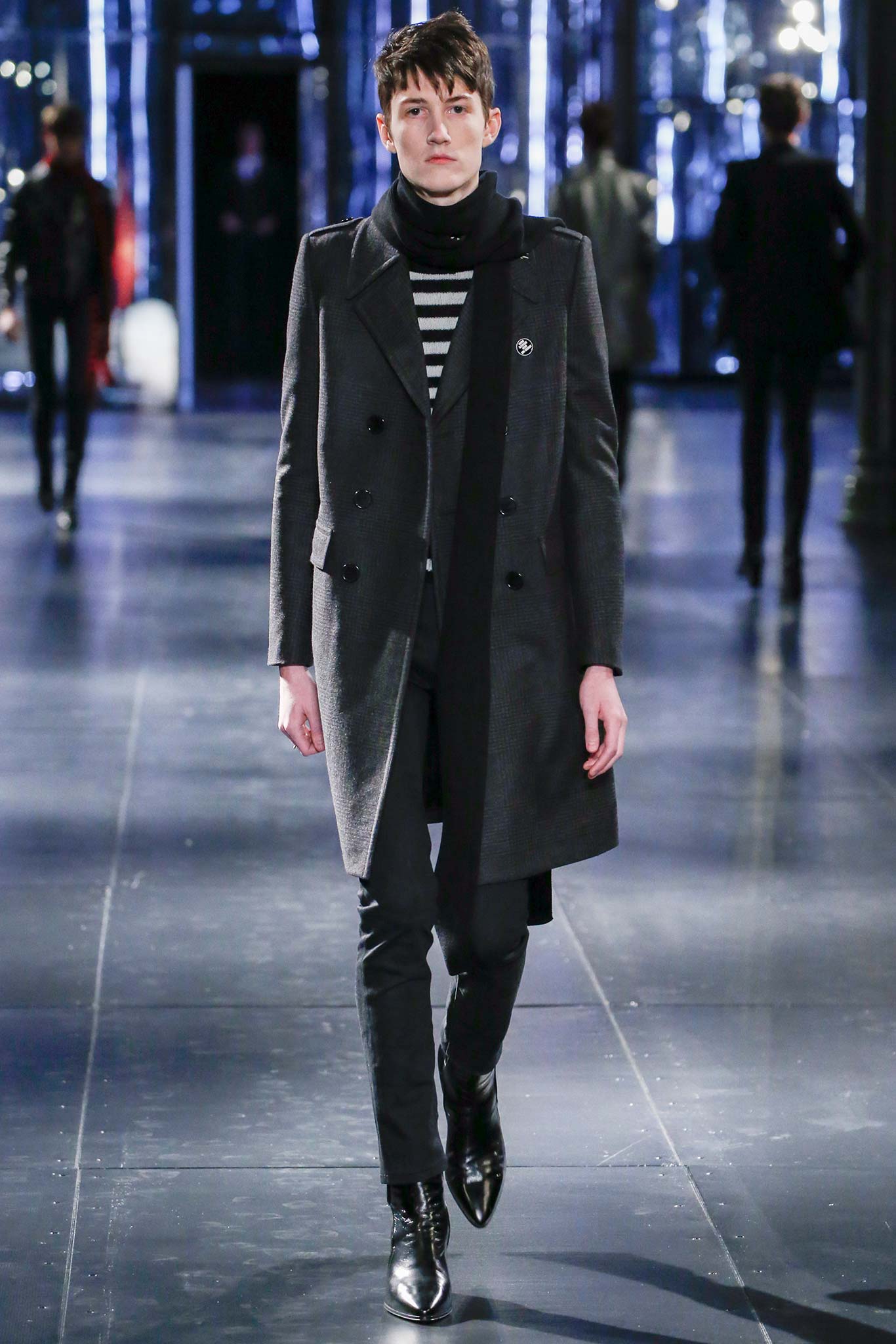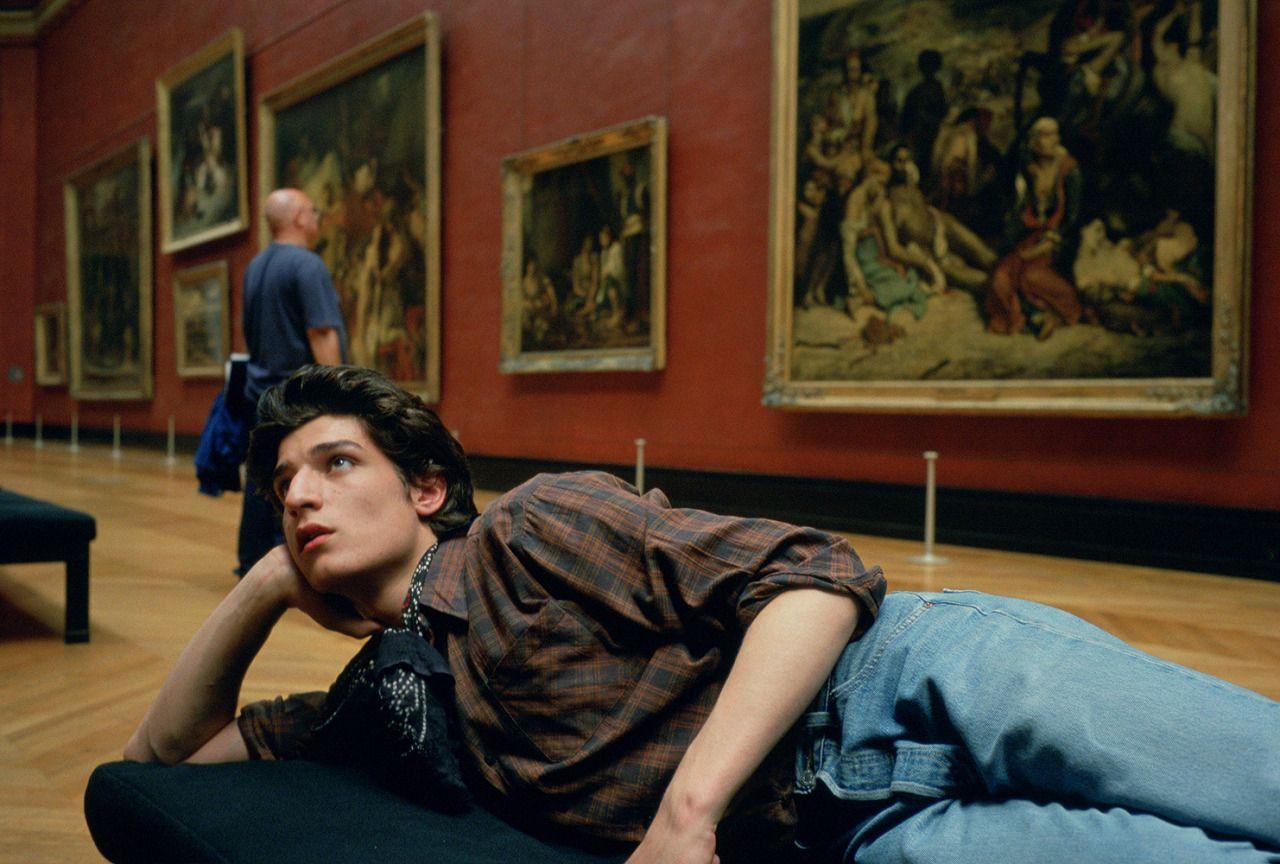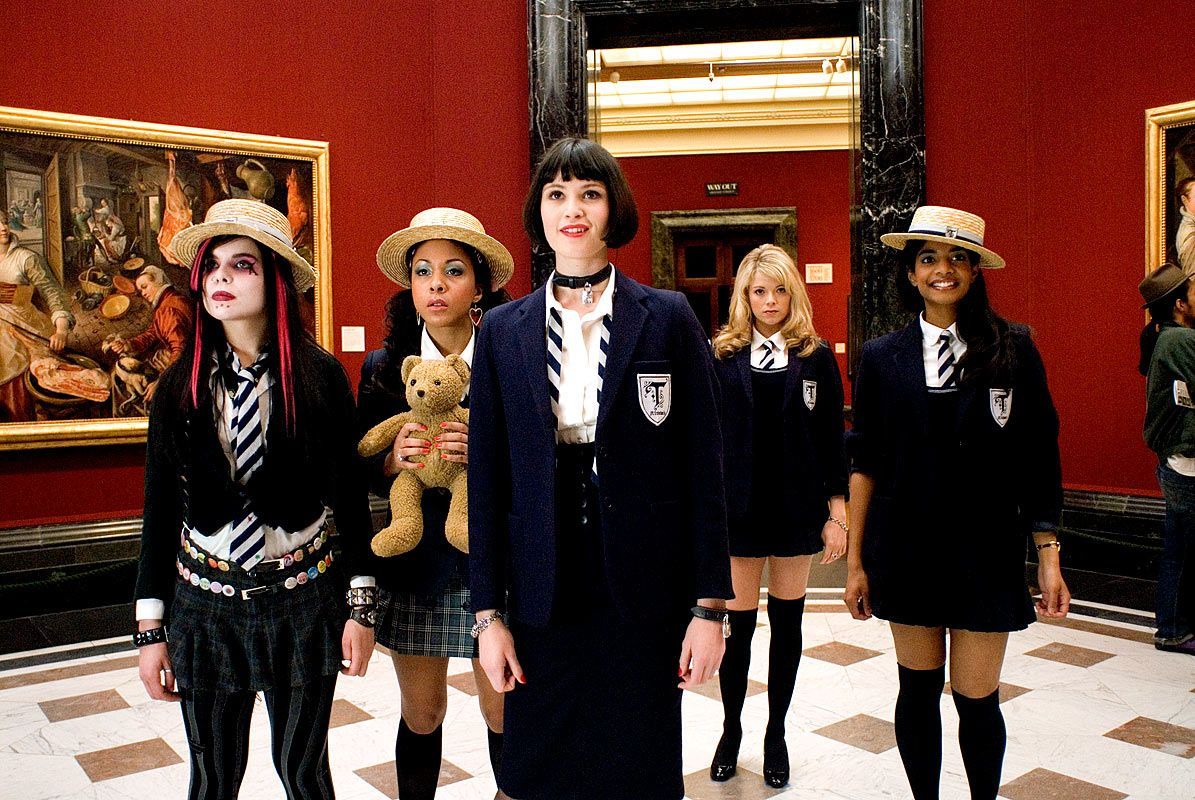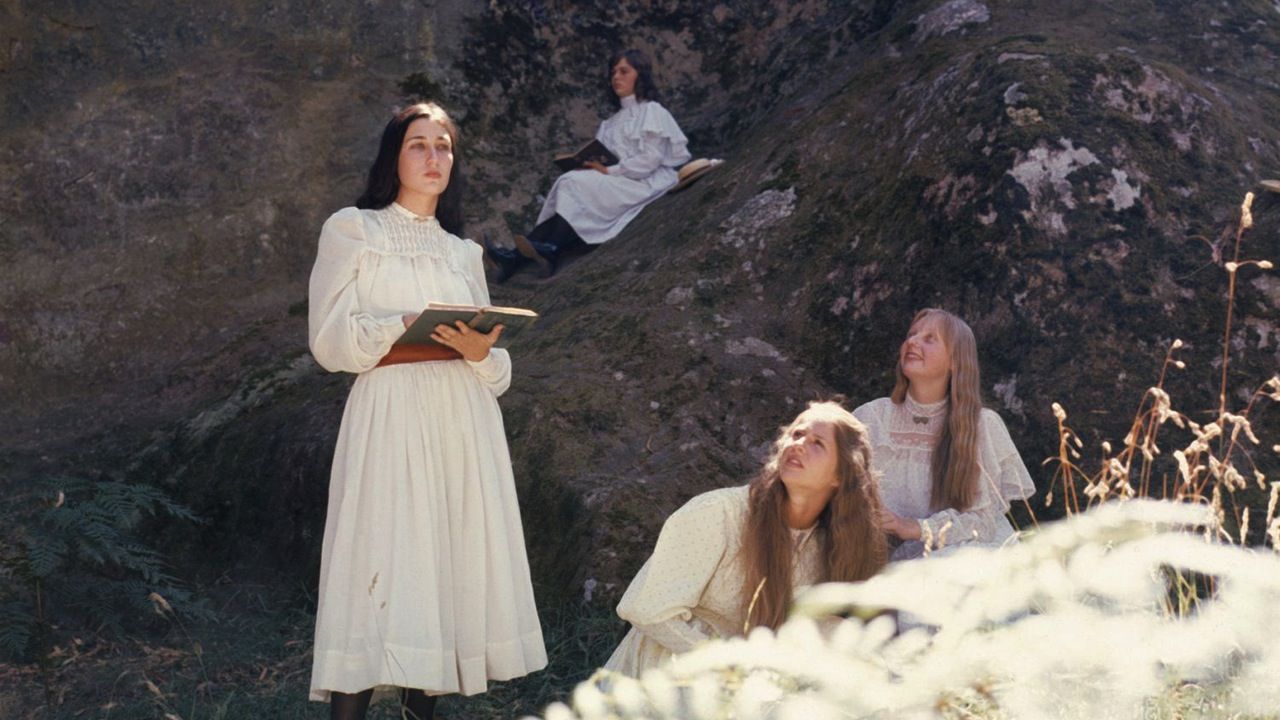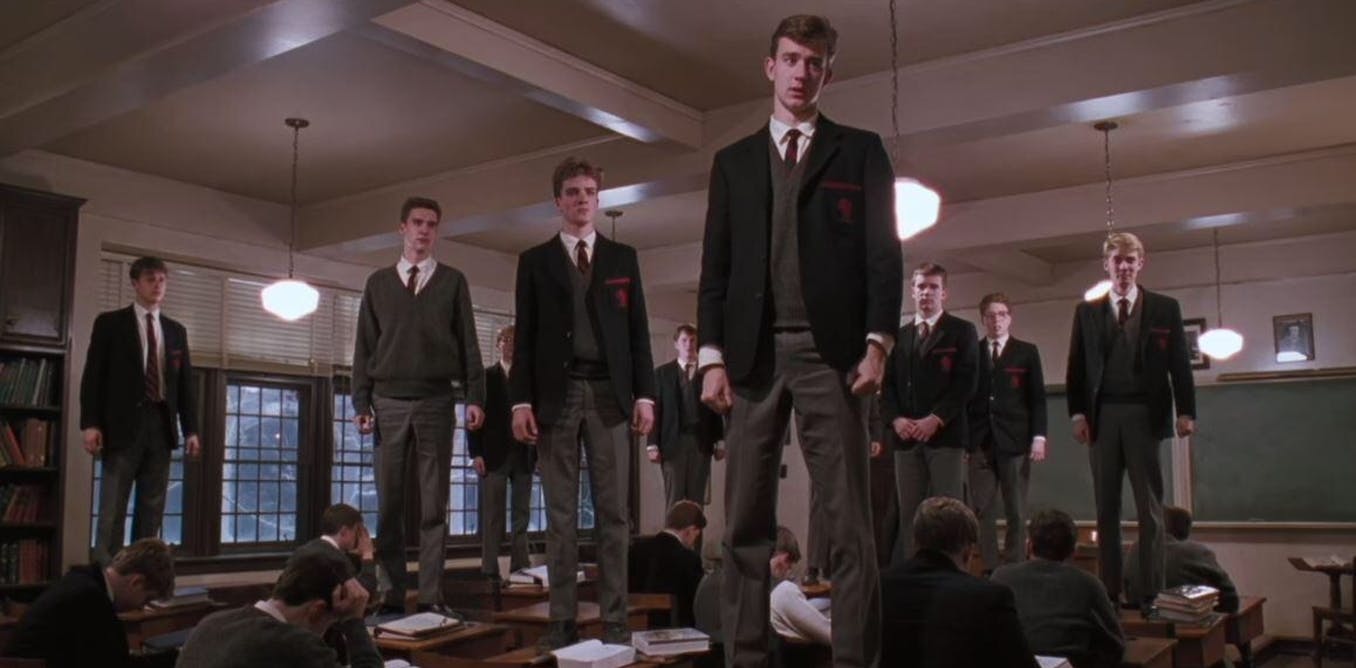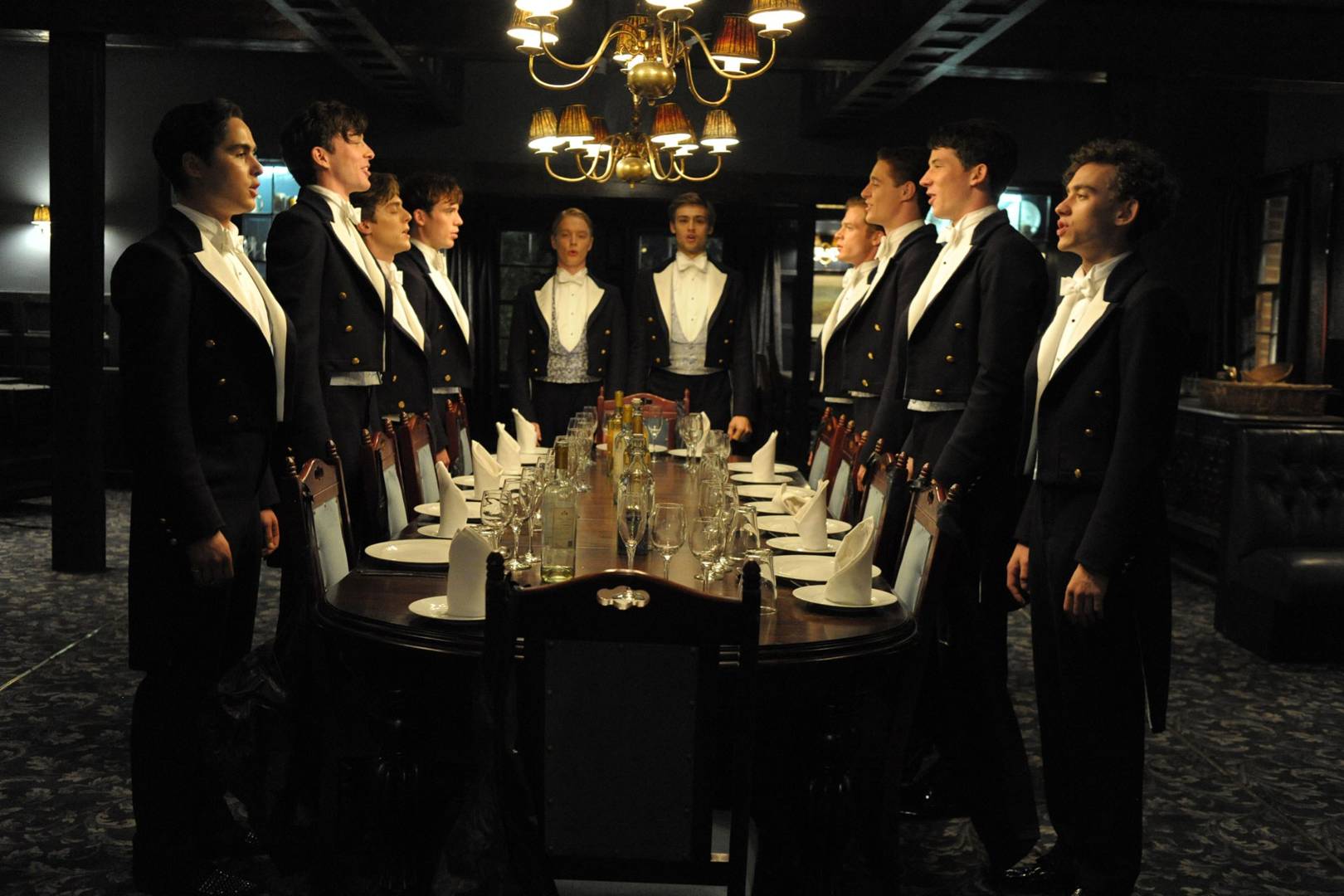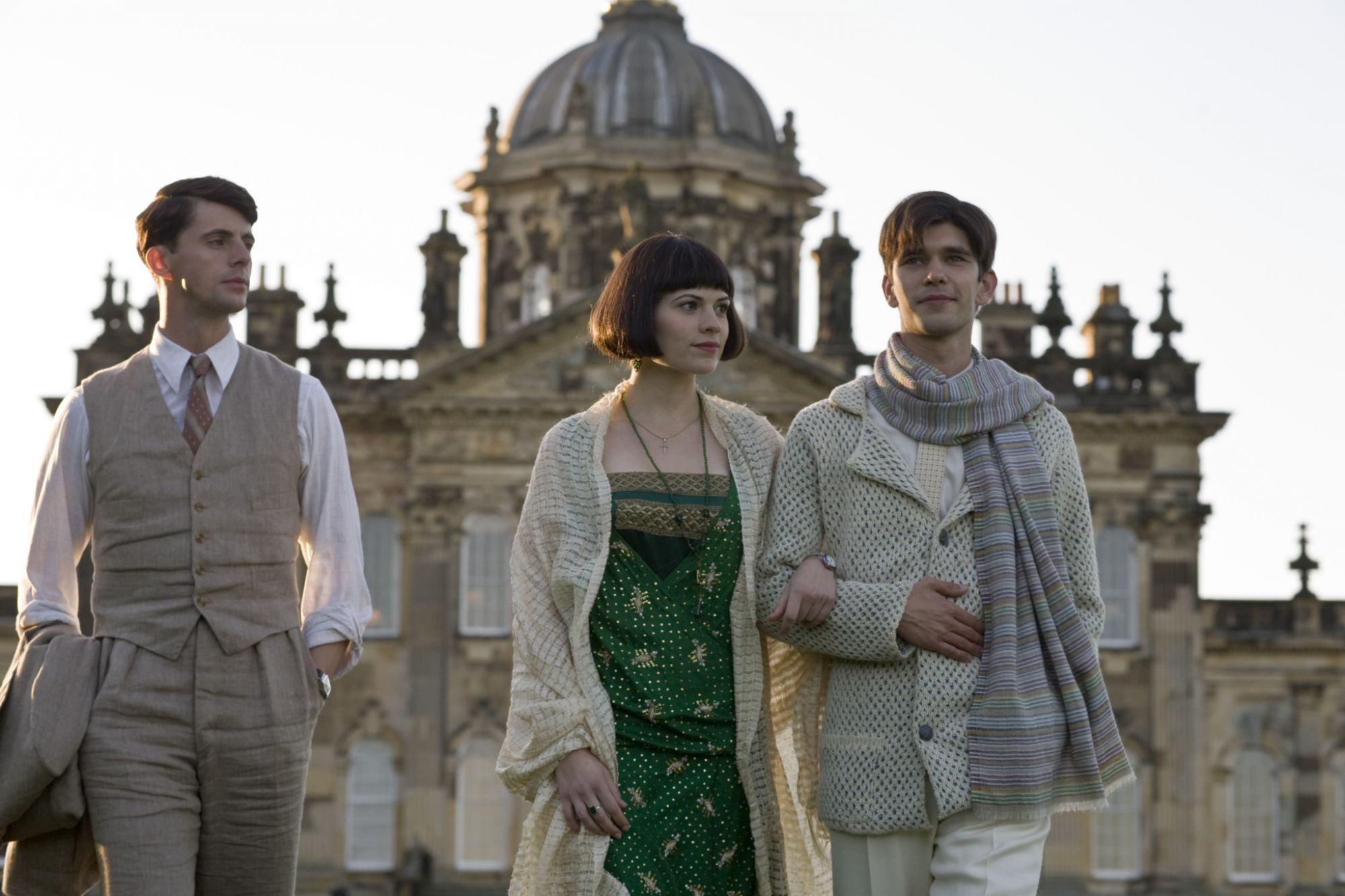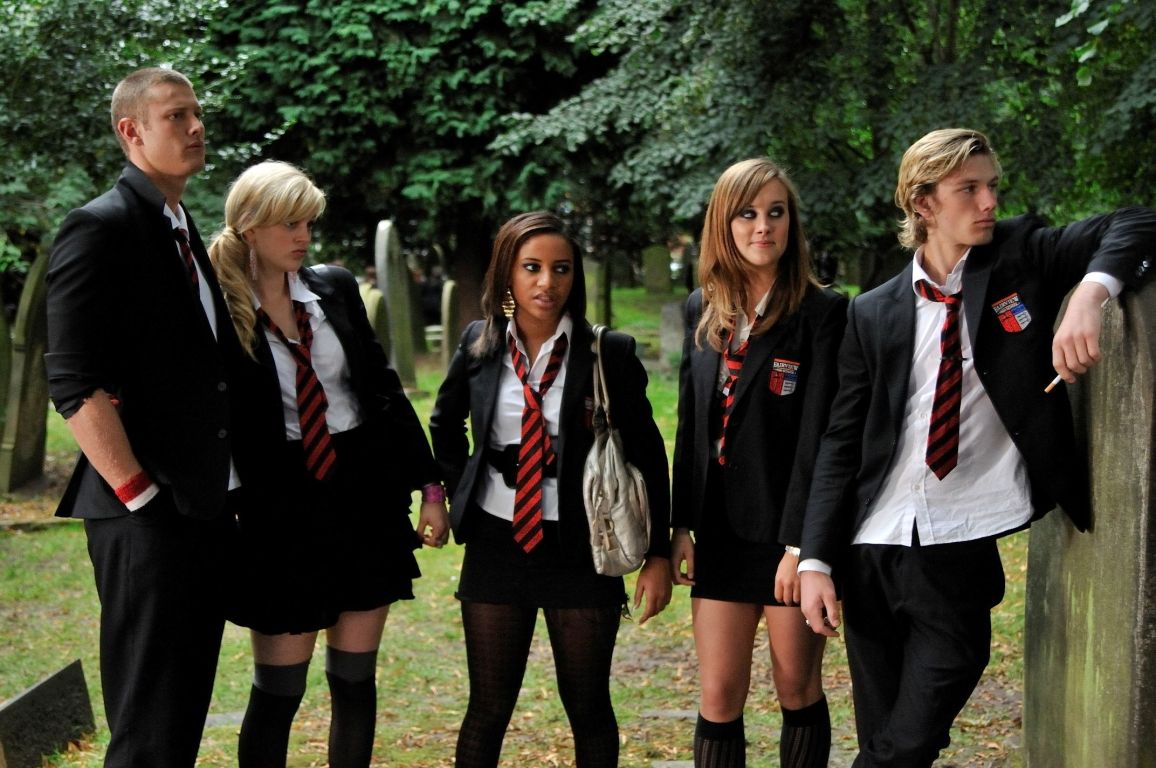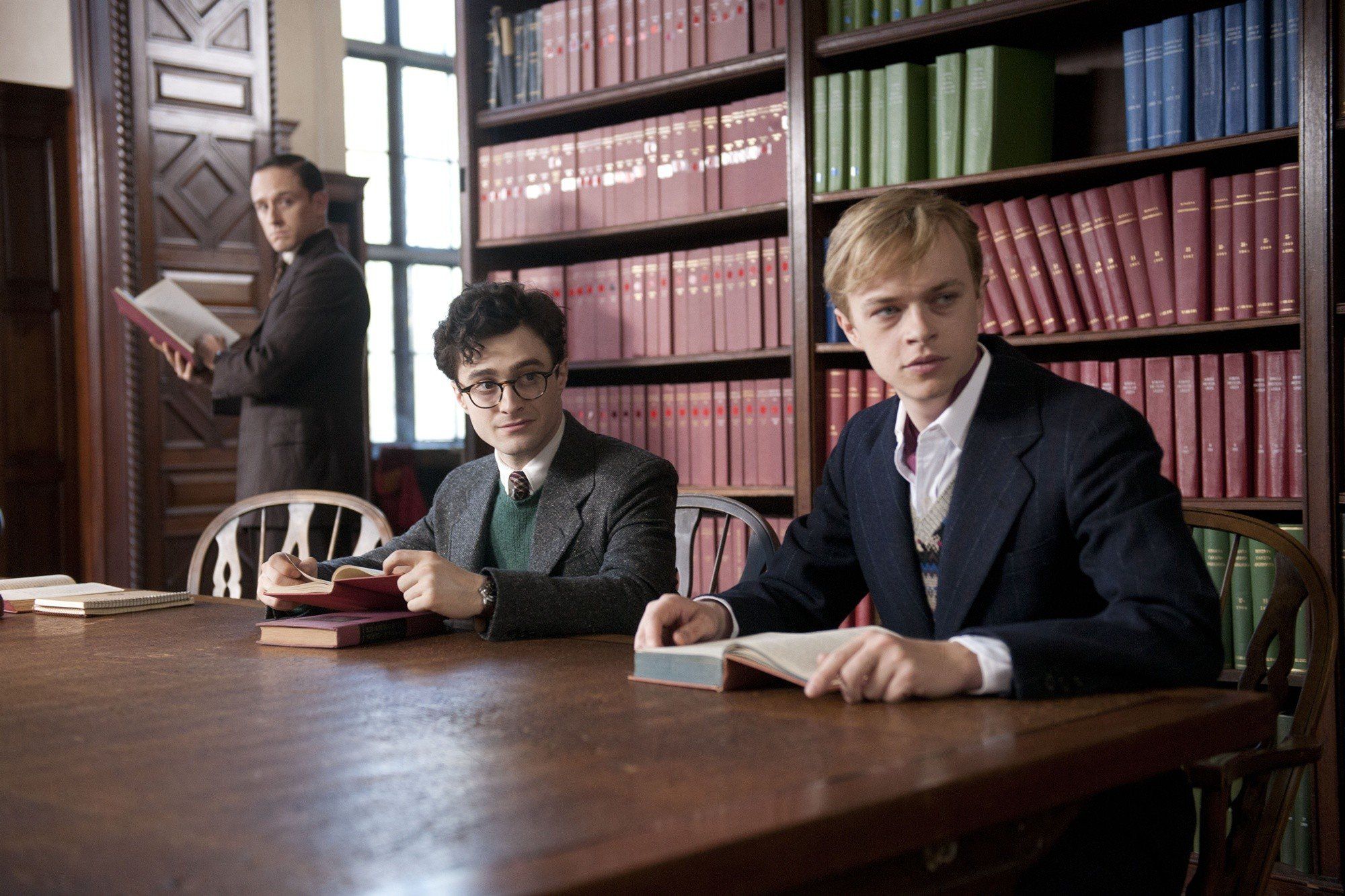
What is the Dark Academia aesthetic? From literature to fashion, passing through TikTok
If you type the hashtag #darkacademia on TikTok's search bar, you'll see a gigantic number of views, which is around 519.7 million. The hashtag #darkacademiaaesthetic instead has 76 million while there are 9 million views for #darkacademiaoutfits. More than a trend, therefore, we should talk about a confirmed phenomenon, to which even The New York Times has dedicated an in-depth article and which seems to have also peeped into Celine's FW21 collection, which mixed its influences with a more emo-punk aesthetic besides being present in Saint Laurent's show in Venenice and in the most tailored looks from the recent runaways of Balenciaga. On a purely superficial level, this aesthetic results in a wardrobe inspired by the British imagery of Cambridge King's College and the Edwardian Oxford with a Gothic touch: plenty of blazers and tweeds, high-necked or white cricket sweaters, formal leather shoes, a colour palette that ranges from grey to beige, sophisticated accessories and vintage mood and in general to a romantic and very dark version of the classic preppy style. Despite a fairly precise mood board of references, however, the main theme of this aesthetic is books and literature, especially the classics and authors of romanticism.
Although it would perhaps be more correct to say that it is not so much culture that is at the heart of this aesthetic, the aestheticisation of culture – that is, culture reduced to an external appearance, a backdrop or a sentimental prop. As Caroline Kloster writes on the pages of L'Officiel:
Academia seeks to emulate the sophistication and status of established educational institutions. The elitism of these groups gives academia a sense of legacy, while also being subverted by a more diverse community.
The origin of the dark academia aesthetic is traced back to a novel from the 1990s, The Secret History by Donna Tartt, which tells the story of a group of learned college students struggling with murder in college, and has spread to the pre-Instagram world via Tumblr also riding the world phenomenon of Harry Potter, which taught Millennials and Gen Z the esoteric charm of ancient and dusty tomes, retro English uniforms and Gothic Revival architecture. The backbone of this aesthetic, however, is all cinematic: Dead Poets Society, Kill Your Darlings, Dorian Grey, Brideshead Revisited but also modern TV series such as the Spanish Elite or Sabrina.
This type of aesthetic has also partially arrived in the fashion world. Certainly, Alessandro Michele's Gucci refers in some respects to British academy imagery in a more genderfluid and colourful version. Perhaps the closest to this world were other designers, such as Yohji Yamamoto, who incorporated much of Edwardian aesthetics into his collections, and Jun Takahashi of Undercover, whose collections are often imbued with a gloomy romance, but also the Raf Simons in his FW16 collection, where, while embracing the more punk side, created his own dark version in that collection, oversized and deconstructed of classic university uniforms. But the trend has only taken on a complete form this summer and to date, a full interpretation on the fashion level has yet to find an expression although, as the gallery below shows, dark-tinged versions of student looks have appeared at an intermittence in fashion shows over the past twenty years, from Christopher Bailey's Burberry to Maria Grazia Chiuri's latest collection for Dior. Celine's latest fashion show, however, seems to have borrowed numerous traits including a fascination with ancient architecture and a taste for formal but dark clothing, complete with capes, doublets, and college-style deep-necked sweaters.
Beyond the possible problems related to this aesthetic (Eurocentrism, elitism, the romanticization of mental illness and suicide and so on), it's worth pointing out that the community behind the phenomenon is, in the first place, more inclusive than one might suspect, supported as it is by young bloggers who go beyond its Eurocentric inspirations and indeed encourage the union of non-European traditions in its canon, especially in terms of literary advice; secondly, that, unlike subcultures such as e-boys, embraces all areas of lifestyle in its conception, from furniture to personal culture to hobbies such as chess and painting, even if clothing is its fundamental hinge. It would almost be said that in an age of strong ideological polarization, galloping anti-scientism and increasingly dystopian modernity, dark academia aesthetic represents not only pure escapism but a reaction to the prolonged closures of schools due to the lockdown a real attempt by younger generations to relate to a classical cultural heritage increasingly abandoned and left behind by society.










































